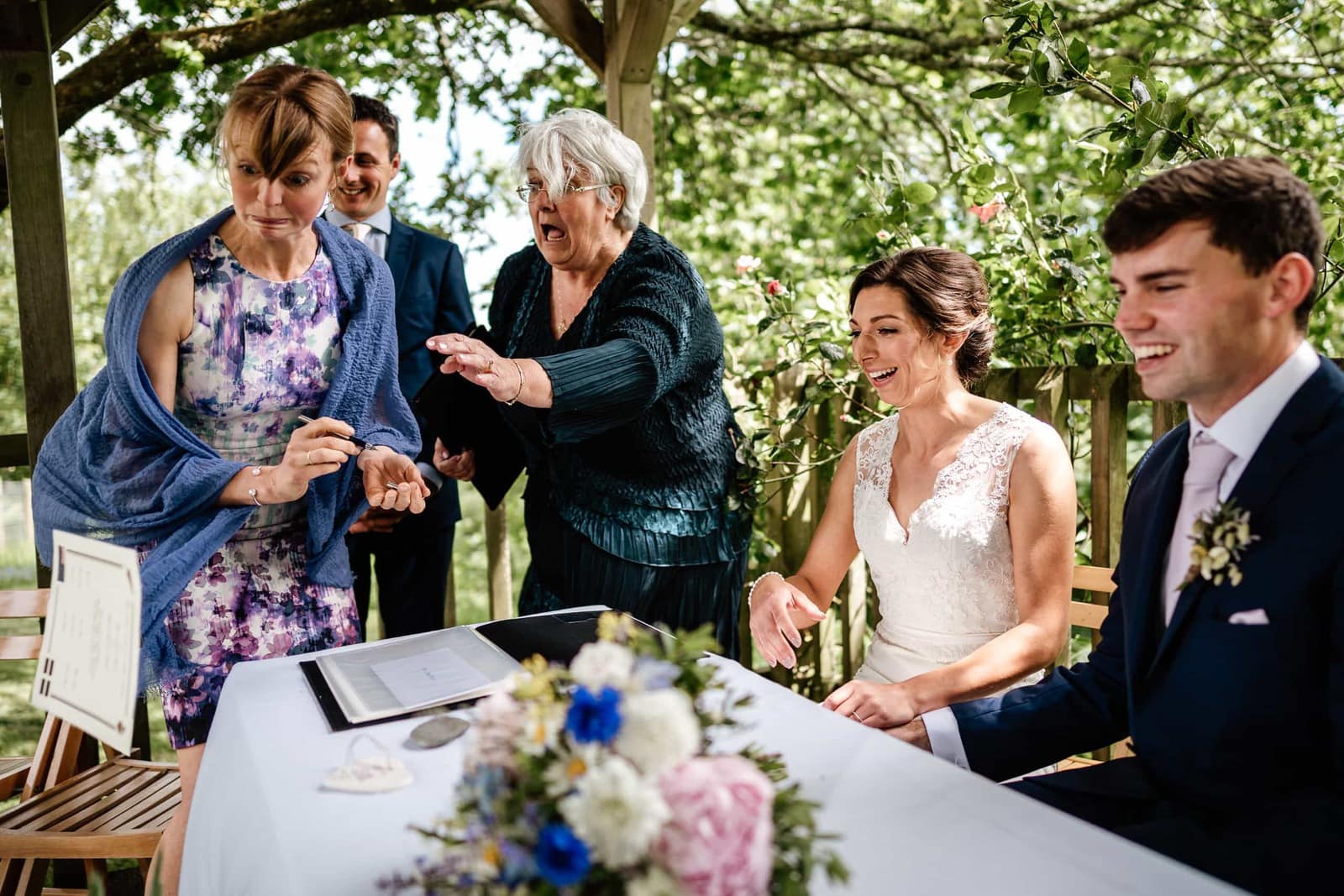
A Sony A9 Real World Review For Wedding Photography – after 10+ weddings with the system (updated in 2020 after 75+ weddings!)
Update for 2020 – I still love the camera, I still shoot with it, and have no plans to change it anytime soon. Generous FW updates have made it an even more powerful camera.
The Sony A9 is a camera that has been met with a lot of hate and a lot of love. It seems that Sony always receive that reception, with some photographers heralding them as the greatest thing ever, a revolution or, the current most popular term to be thrown around at the slightest technological advance: a ‘game changer’. Others begrudge Sony the frequent releasing of new bodies and that their cameras possess no ‘soul’, whatever that means…
A little background and info to give my review some context. My professional wedding work has been with Canon (5d3 + 6d) and for the last 4 years or so, mainly Fuji, from the X-Pro1 right through most of their models to the X-T2 more recently. I also had a brief flirtation with Sony’s A7Rii and A7S for a few weddings, but stayed with Fuji at the time. I was a very early adopter of mirrorless for professional work and accepted the many compromises that the new systems had, as I felt that the benefits outweighed the negatives for my style of shooting. I am predominantly a documentary wedding photographer except for a smattering of portraits. So for 99% of the day I do not stage or direct anything, but have to react fast to what is happening around me. I also use very little flash, so low-light performance is very important to me. I work in close to the action, and that was one of the main reasons I moved to mirrorless so early.
QUICK DISCLAIMER: I don’t know Sony, they don’t know me, I bought the cameras with my own money and am completely brand-agnostic i.e. not a Sony shill!
UPDATE 2019: I’ve now been using the Sony A9 for weddings for far longer, something like 60 weddings, so I’ve added some long term thoughts to this article in blue, and also some updated images at the bottom of the article. Spoiler… it’s still the best camera on the market for weddings in my humble opinion!
Enter the Sony A9
After about 3 months and over 10 weddings photographed with the Sony system, I now feel qualified to give a long term review. I’m not going to go over specs too much, or go into laborious detail with ISO tests and brick walls, so if that’s your thing you’ll be disappointed. This is a real world review of the camera from a documentary wedding photographers point of view. I’ve been shooting with two Sony A9’s and a bunch of native FE mount primes; the 21mm f2.8 Loxia, the 28mm f2, the 35mm f1.4 ZA, the 55mm f1.8, and the 85mm f1.4 GM. I’m going to stick to the key areas which I feel are important to this camera.
UPDATE 2019: My lens lineup has changed drastically and I’m now using two Sony A9’s with the Sony 24 f1.4 GM & Sony-Zeiss 50 f1.4 for 99% of the day. Also I have a Sony A7Rii and manual focus Samyang 135mm f2 for the odd occasion that I need some more reach.
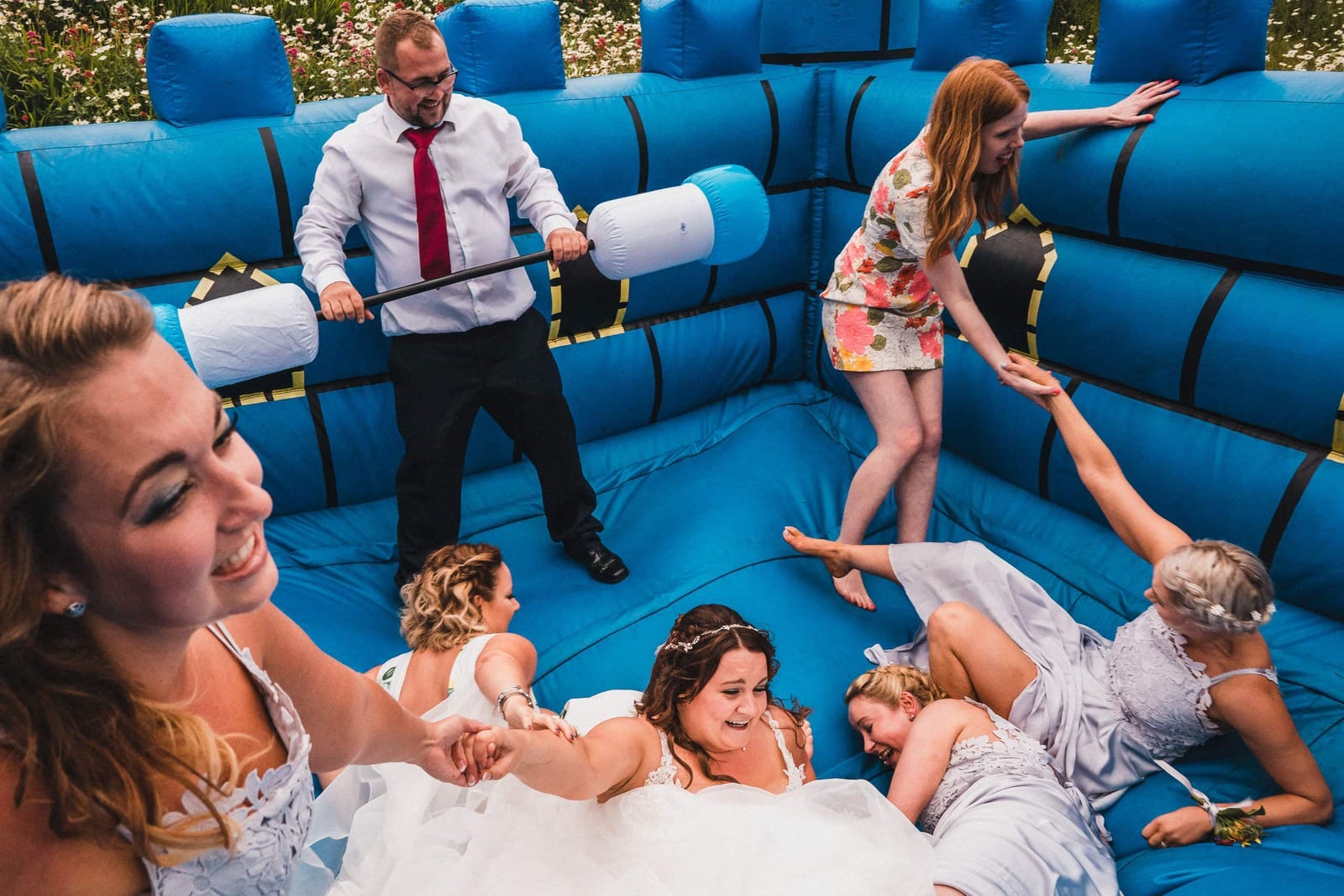
Autofocus:
Looked at as a whole, I think you can safely say it is one of the best autofocusing cameras out there today. Here’s why…
Speed: It’s extremely fast, especially in AF-C, which for some reason seems faster that AF-S. Move the AF box around with the joystick and hit focus and it just zips straight into place. No hesitation, no lag, no racking back and forth; it genuinely feels like near instant focus 99% of the time.
Accuracy: I’ve never had such a high amount of critically sharp images; it is so accurate. With the AF points being on the sensor, rather than separate like on a DSLR, there’s no need to fuss with AF calibration on lenses anymore either. It just works.
Spread: The Af points are spread from edge to edge. You can focus with complete accuracy right out to the corners, no problem.
Eye-AF: This is magic! Sure, sometimes it picks the wrong eye/subject, but you get a feel for which situations it works well in and when it does, it’s fabulous. You can just hold in the button and freely compose your shot and it just stays locked onto that eye. It can be incredible for portraits, but also very useful for documentary coverage too. It’s so good that I’ve tracked a child running toward me using eye-AF. It’s pure wizardry! One thing that would be great is if they could add the ability to quickly toggle between faces when using eye detect or face detect, that’d be gold.
Occasionally the lock on modes can jump over to the wrong subject unexpectedly. However it is very very good and very usable in many situations. As is usual for any camera, certain situations may sometimes trip up the AF – such as strong backlight, low light, low contrast – but the Sony A9 copes with these challenges admirably and does better than any camera I have ever used.
Most of the time, despite all the fancy AF modes on offer, I stick to single point AF-C and move the point over my subject with the joystick: it just works so well and so reliably. The A9 has made culling my images so much harder because almost everything is in perfect focus, tack sharp and ‘technically’ correct!
UPDATE 2019: Nothing much to add here really except to confirm what I’ve said above. It’s an incredible focusing system that gives you incredibly high hit rates and basically means I no longer have to worry about focus. Sony are soon to be releasing firmware V5, which claims to be drastically overhauling the AF system and creating a highly accurate and ‘sticky’ lock on AF mode called Real-Time Tracking. Early reports and footage shows an amazing knack to recognise your chosen subject and stay locked on across the frame, even if they turn away from you etc, it looks highly intelligent and capable and I hope it delivers on it’s claims. They are also adding more touchscreen AF functionality, in line with some of the more recent A7iii and A7Riii models.
UPDATE 2020: Sony have released extensive FW upgrades that have made the lock on AF amazing and I use it for the majority of my shooting nowadays.
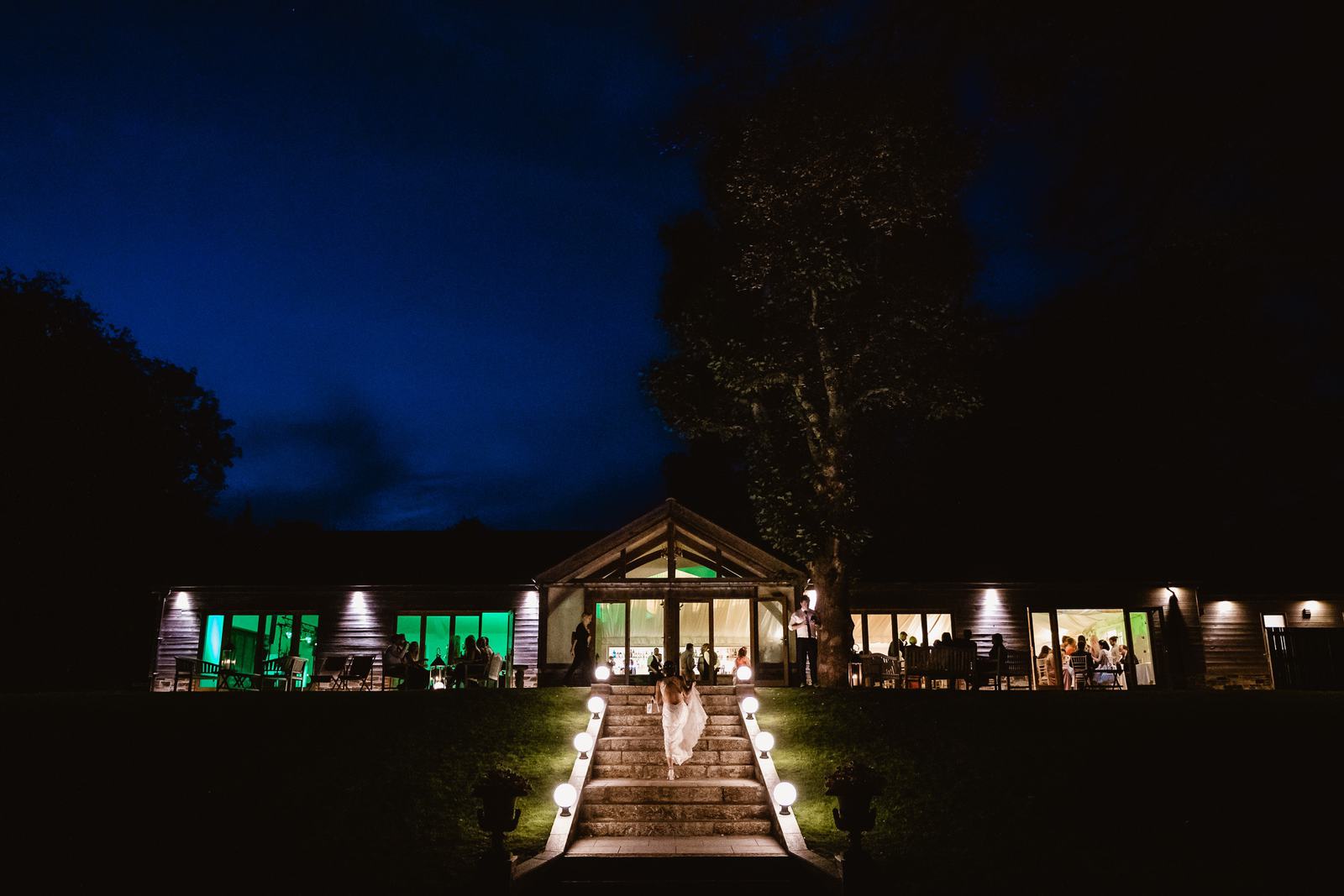
Customisability
This is the most customisable camera I’ve ever used, and while that might not be as exciting as some of the more popular specs it is a big deal for me. With the sheer amount of customisation on hand, I hardly ever have to go digging into the menu system anymore. Which is good because they are pretty horrible!
For starters Sony has added extensive space to create your own ‘My Menu’ for any favourite functions you want quick access to. And if that’s not enough there’s a customisable Fn menu too. Plus you have 12 buttons and a dial that can be customised. And 3 memory banks accessible quickly on the mode dial, which you can save a ton of shooting settings to. And here’s a juicy one, you have something Sony call ‘Custom Shoot Set’ which you can save a bunch of settings to, and then assign to one of the custom buttons. This is very powerful; for example I could be shooting in AF-S with a single point, and with a button press override it to be in AF-C with a wide spread of points. Or pretty much any other combination of settings you can think of. Very, very useful customisations that can massively affect your real-world use of the camera.
If this all sounds rather complicated, it’s because it is. This is NOT a simple camera, but if you take the time to learn it and customise it to best suit you, you end up with a very powerful camera that can really feel like an extension of you. If another Sony A9 shooter picked up my camera, there’s a good chance they wouldn’t be able to operate it straightaway; that’s how deep the customisation can go. Being able to leave the dials & menus alone pretty much all day and just use different buttons for different focus/shooting modes is amazing.
UPDATE 2019: My muscle memory with the system is so ingrained now that I barely think about technical settings anymore, I’m just concentrating on the scene/moment in front of me and my creativity. It’s definitely a contributing factor to my growth as a photographer.
UPDATE 2020: FW upgrades have made it into an even more customisable camera, you can now customise the dials with the ‘My Dials’ feature amongst other things. It’s very powerful and very complex!
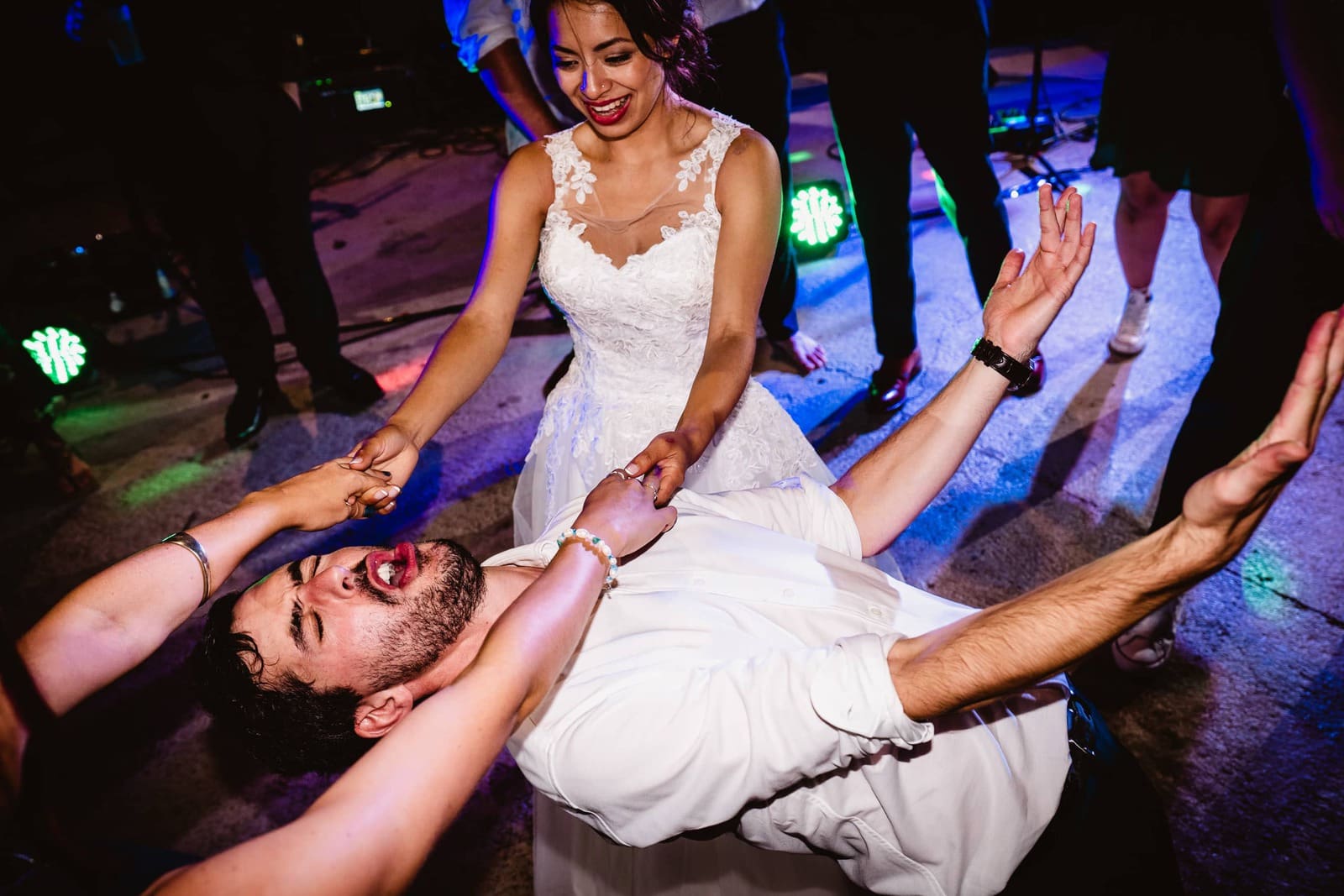
Silent Shooting:
One of the headline features with this camera is it’s ability to shoot silently. Not just quietly, but in complete and utter silence, and yes, this is amazing. Other cameras have had this ability before, but it was always extremely limited in real world shooting because of rolling shutter distortion and horrible colour banding under most indoor lighting situations. I’m not going to go into this in detail (Google it!) but I will say that Sony’s advances with the electronic shutter mean that it is completely usable 98% of the time.
A couple of caveats: occasionally you will come across lighting that doesn’t play nice with the e-shutter and also you can’t use the e-shutter with flash. Now in both of those situations you just make a quick switch over to the mechanical shutter and carry on, it’s no biggie.
Shooting silently has had the biggest immediate impact on the way I can shoot on a wedding day, compared to any other feature on any camera. I no longer have to tread carefully during the vows or during a quiet moment for fear of shutter noise, I can quite literally shoot the shit out of it and no one is any the wiser. THIS IS HUGE. I would hate to go back to a camera without this ability. HUGE!!!
UPDATE 2019: All still completely true and in fact I seriously doubt I would move to another camera system that didn’t have the same or better silent shooting capabilities, it’s that much of a game-changer for me personally. I think of the shutter noise to be a distraction from whatever I’m documenting, both to myself and to my subjects, and with the ‘close in to the action’ photography style I have, it makes a massive difference removing that distraction. When I use cameras without silent mode now, it honestly makes me cringe. Your mileage may vary of course, we all work differently. I’ve had SO many compliments from couples, vicars, registrars, and guests that they’ve barely noticed me working during ceremonies and throughout the day.
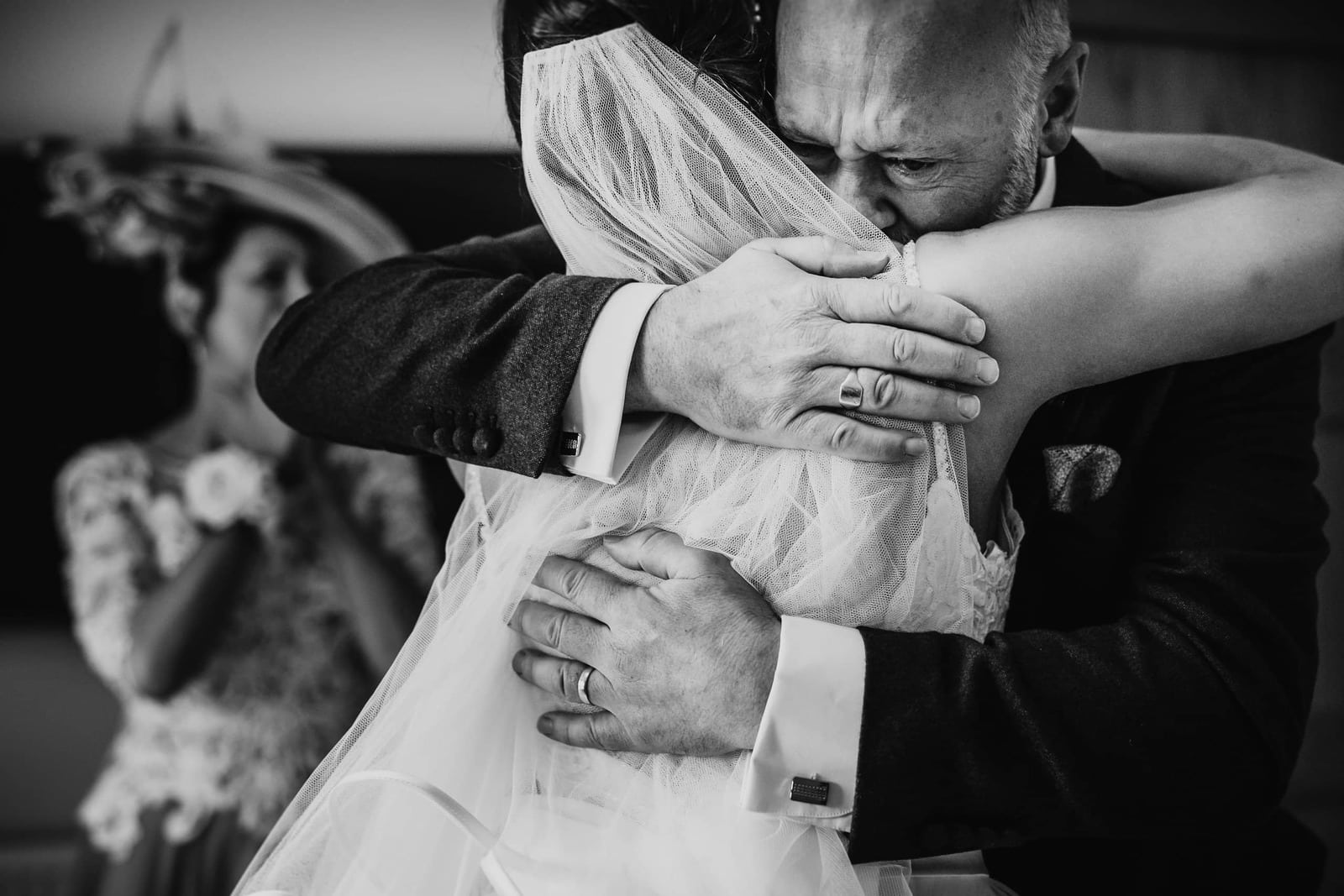
EVF:
The viewfinder is bright, crisp and detailed, I haven’t noticed any lag, and in short it’s brilliant. Having no blackouts is an odd experience at first, but very immersive when you become used to it. There are a few options to let you know that you’ve taken a shot, which basically are boxes that flash up in the display. I won’t go into too much detail about the benefits of an EVF over an OVF as i think everyone is well aware of the differences nowadays. Basically though you are viewing the image as it will be recorded, which is a real benefit creatively and for judging exposure. I rarely need to chimp after shots as I know if I’ve got it or not when I take it.
UPDATE 2019: The only thing I’d add here is that I replaced the standard eye-cups with bigger ones that do a better job of shielding sunlight and, I feel, create a more immersive experience.
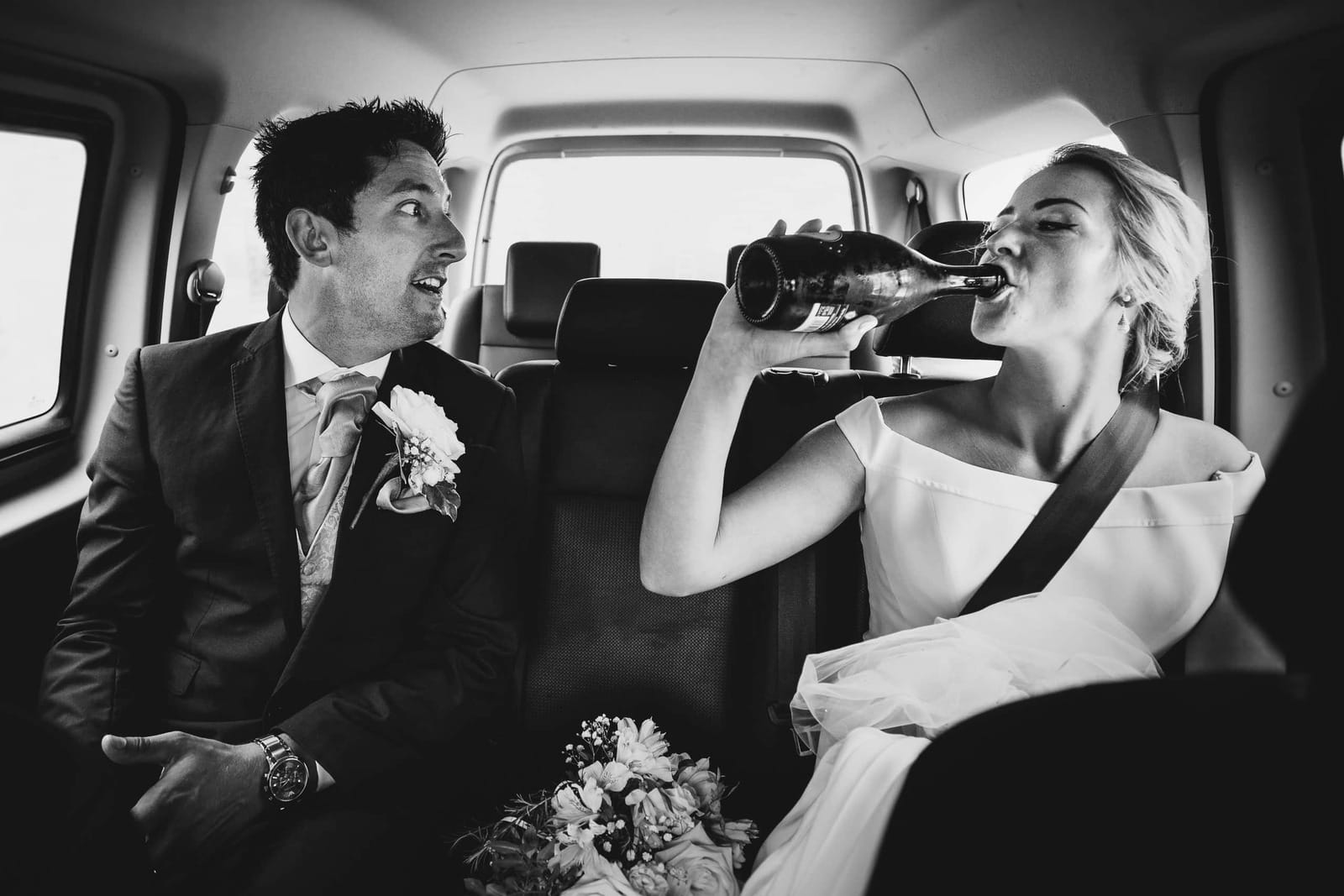
20 Frames per second:
20fps… meh! Not fussed about this headline spec and not going to use it for wedding photography. It’s nice to know that the camera can handle that kind of speed, as it really shouldn’t struggle with the slower drive speeds that I use. I’ve heard chatter from people using other brands ridiculing the fact it does 20fps, and all I will say in response is that you do realise you don’t have to use it right? It has 3 other drive speed options…
UPDATE 2019: ~10fps is my standard shooting mode nowadays, with very, very short bursts; losing quality images to random blinks and weird micro-expressions is a thing of the past for me.
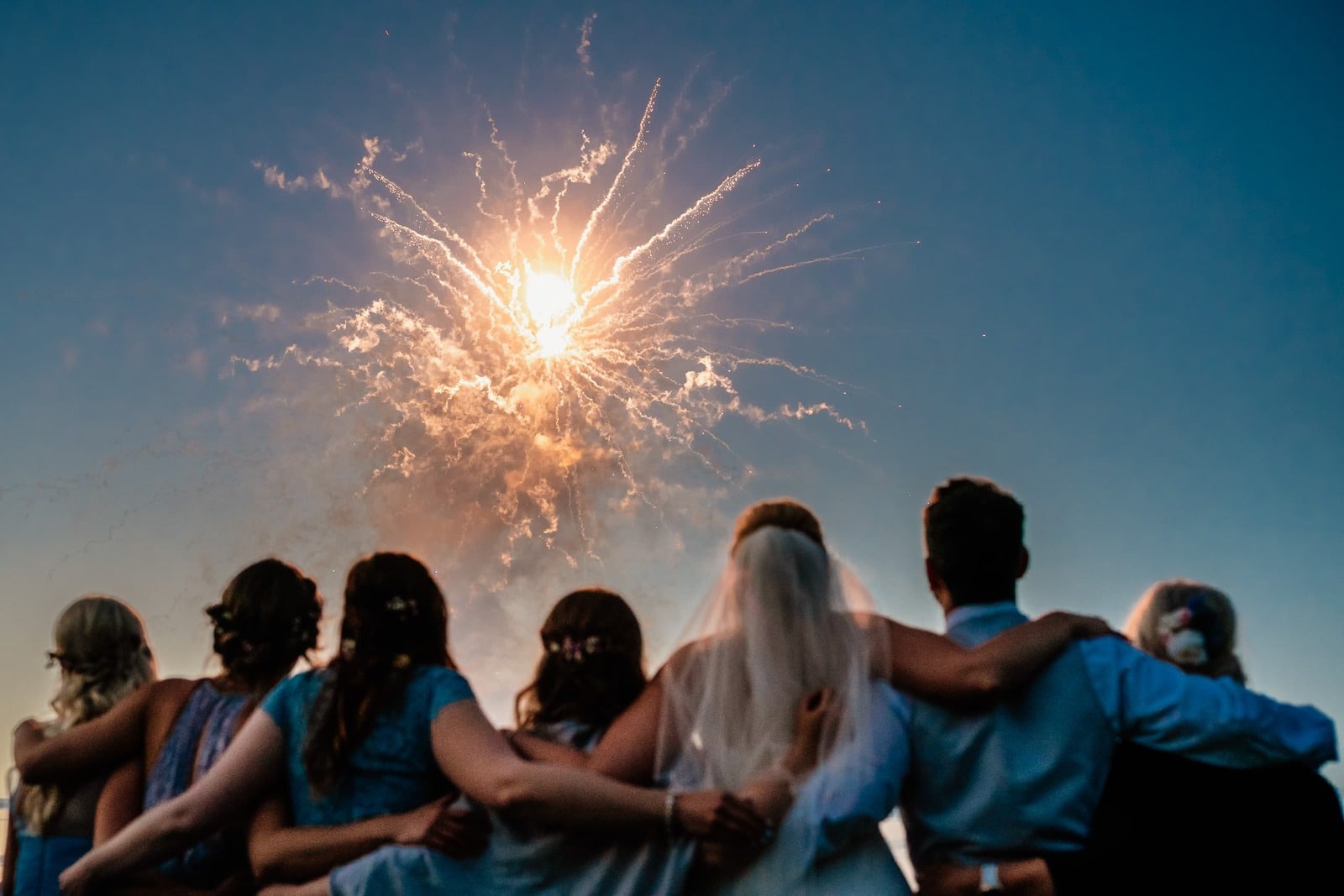
Battery Life:
Far improved and no longer an issue to consider whatsoever. I’ve used mirrorless for over 4 years so I’d become accustomed to carrying a pile of batteries to my weddings, and while it didn’t really bother me much (it’s just a quick battery change after all) I have to say it is very nice not having to manage so many batteries anymore. I work long days (anywhere from 10-15 hours is normal) and shoot a lot of images (usually between 3-6k) and I normally go through 2-3 batteries total, spread across 2 bodies. To give some comparison, when I was shooting Fuji I was using anywhere from 6-12 batteries per day. Also, the battery life percentage seems to be very accurate and doesn’t just suddenly drop off, so I’m happy working it right down to 5% or so, before I change it out for a fresh one.
UPDATE 2019: I’m still using the same batteries, and they are still going strong; no issues.
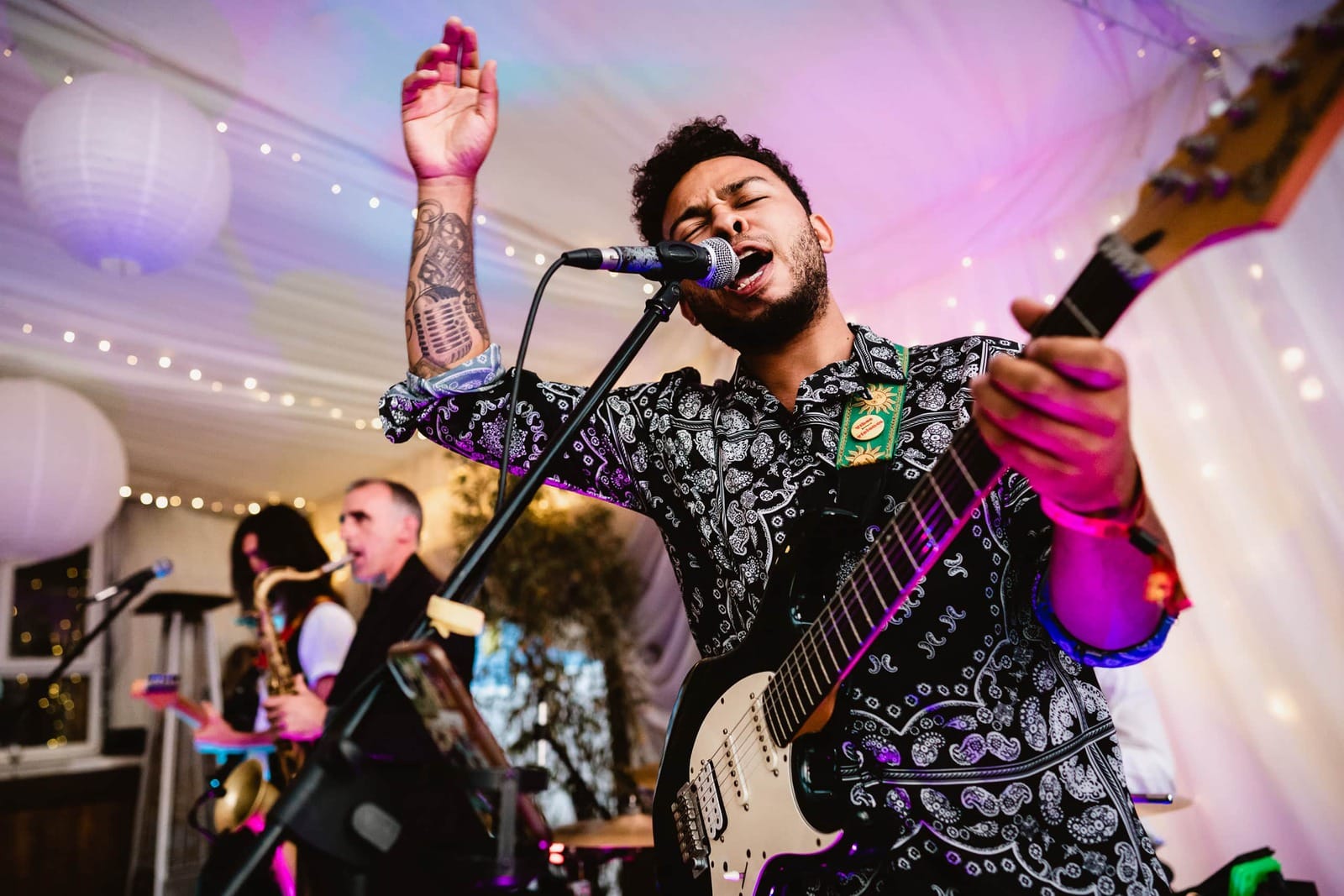
Buffer:
The buffer is both fantastic and a bit rubbish. It’s a really deep buffer, over 200 frames in raw, which I’m almost certainly never going to fill in one burst. Fantastic! However the speed at which it writes the images to card is quite slow, and some functions are locked while it’s writing (don’t worry you can keep shooting, just menu access is limited). In real world use, it’s not been a problem at all.
IQ:
In general the IQ is fantastic, it’s a very nice sensor. The colours are outstanding, the files are detailed and robust. 24 megapixels is, in my opinion, the sweet spot for wedding photography. And it would be easy to rent or buy in an A7RII or SII, if you needed high megapixels, or video, for a particular job.
The raws have plenty of leeway in post, but I suspect that the D750 & A7Rii have a nudge more dynamic range, especially in the shadows, but it’s really not an issue. I find the highlight recovery to be absolutely brilliant on the A9.
High-ISO performance is fantastic, and I’m perfectly happy shooting up to 12,800 if needed. Colours hold up really well and the noise is well handled.
The IQ isn’t breaking any new ground compared to the competition, but it is up there among the best and, quite frankly, it’s more than good enough.
I shot the A9 alongside an XT2 at one wedding, and the difference was big as you would expect for the difference in price. But something that surprised me was just how much better the image quality was, even just viewing on the back screen of the cameras you could see it. There was a crispness and clarity that was evident in the Sony images. I’m not sure how much of that is down to the excellent Sony and Zeiss lenses or if it’s down to the sensor, probably a combination of both.
UPDATE 2019: still totally happy with the image quality from the Sony A9. Rich, detailed and vibrant. I’ve never felt I was lacking anything and I’ve shot it in all sorts of conditions. I often see photographers talking about Sony ‘colour science’ not being as nice as Canon’s etc, I totally disagree, you just have to adjust your processing slightly to bring out the colours you want, as you do with any different system. Check out Sean Tucker’s skin tones video for useful insight into the differences between Sony & Canon colours.
UPDATE 2020: As always, technology has marched on and I have no doubt that more recent cameras have squeezed out some more dynamic range and cleaner high iso performance, but frankly I don’t feel I’m missing out. The A9’s IQ is ample for me.
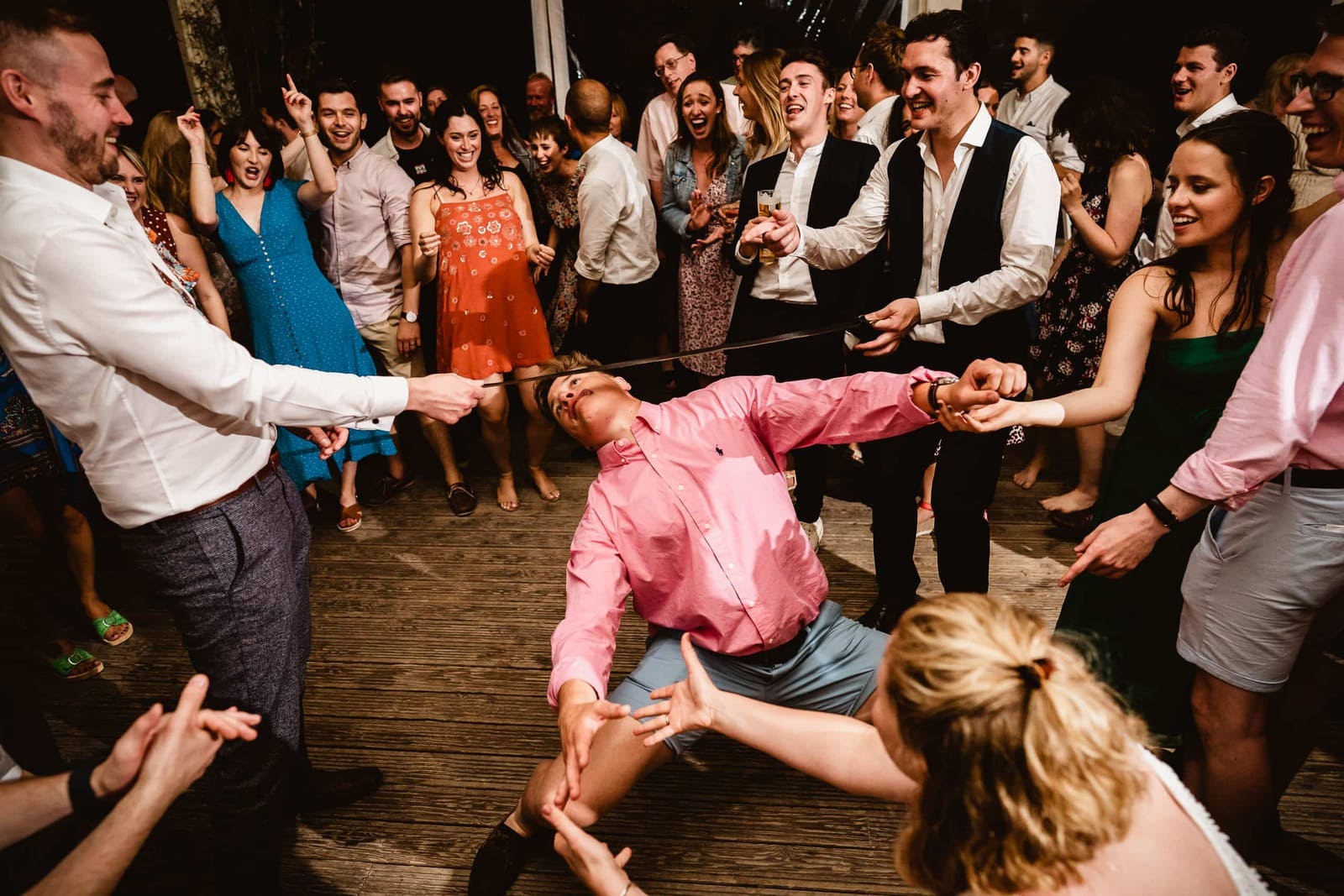
Ergonomics:
This is where it becomes a bit of a mixed bag for me. The ergonomics are… variable. I have fairly large hands, but I find the grip is a good size for me when used with reasonable sized lenses. However if using some of the larger lenses, the space between the lens and the grip is quite tight, I’ve got used to it but my knuckles are pressed against the lens slightly which isn’t ideal. Also my pinky finger has nowhere to go, and just ends up curling in under the grip. I often use cameras one handed on the dance-floor with a flash in my other hand, and I find that doing this for extended periods causes a bit of strain. I am probably going to add an extended grip of some sort for this purpose only. I haven’t tried the full battery grip, and I’m sure it helps with the ergonomics.
I feel that the body overall is too angular, it should be more rounded and dare I say it, a little bigger. I’m mostly over the small-size thing with mirrorless, I don’t want them to be smaller at the expense of ergonomics. It’s more important to me that it is light & quiet (silent!) than small. I think that somewhere between the size/shape of the A9 and the size/shape of the Canon 5d4 or Nikon D750, you’d find the perfect body.
Saying all of that though, in general I have no major problem with the ergonomics, and have adjusted to them, but I do think that this is something that Sony could work on and improve in future models. I find the button layout to be mostly fine, and once you get used to it and muscle memory kicks in, it’s a lovely camera to use. The addition of the joystick is excellent. The amount of customisable buttons is superb. I’ve never owned a camera that I can operate as fast as this one, mainly due to the ability to so thoroughly customise it to suit your needs.
UPDATE 2019: I ended up adding the bottom plate from an L-plate to give the grip about half a centimetre more height, and giving my pinky finger somewhere to grip. It vastly improved the grip for me. I did get hands-on with a Canon EOS-R and Nikon Z6 and immediately preferred the slightly larger more curved grip they offer, and I’d love to see Sony work on their ergonomics in future models. If I could put the A9 innards/tech into the Z6 body it would be my perfect camera.
I’d like to take this opportunity to have a bit of a rant about exposure compensation dials! I hate dedicated exp.comp.dials on cameras! On the A9 I have exp.comp remapped to the front dial, which is my preferred location for it (I did the same on the Fuji XT2) as I find it way faster to adjust with it there and the front dial is silent to turn. The exp.comp.dial makes a clicky noise in use and is easily knocked when getting in/out of bags or when hanging on your side. So I’m left with a big dial, in a prime position, that is literally no use to me whatsoever, and is in fact taped in place so it doesn’t get knocked! It would be far more sensible if Sony (and Fuji) just replaced it with a customisable dial so users can make their own mind up what to use it for. It would make sense for manual shooters as they’d have a 3rd dial to set for the key aperture/shutter/iso functions. And anyone who wants it to be exp.comp, can still set it as that! It’s a massive waste of space! Rant over!
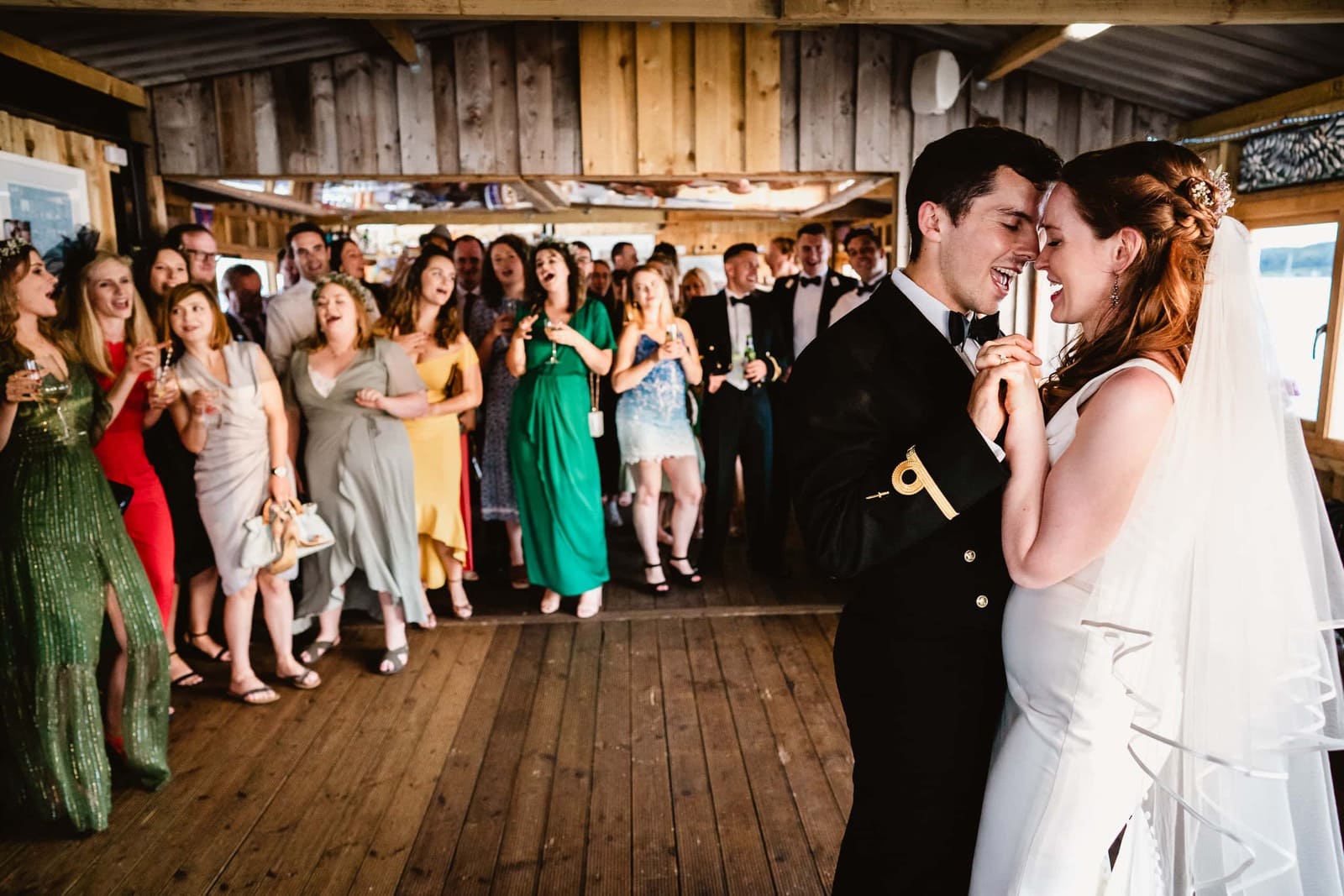
Tilt-Screen:
The tilt-screen is great. I use tilt-screens now for probably 30-40% of my shots. In combination with IBIS (in body image stabilisation) any lens you put on there is stabilised as well, so you can really get the camera to places that would be difficult with larger cameras. I’m talking about holding the camera up above people’s heads or down low; it’s so easy to do with the A9. Plus because it’s a mirrorless, the switch between EVF & tilt-screen is instant and seamless, unlike switching between OVF and live-view on a DSLR, which is clunky as hell in comparison. Sony have also added a nice little tweak to the A9; if you pull the tilt-screen out even a tiny bit it disables the eye-sensor that switches between the tilt-screen and the EVF. This means you can hold it really close to your body without triggering the eye-sensor by accident. Or you can map the display switch to a custom button if you want and switch it manually.
As good as the tilt-screen is, Sony really dropped the ball on the touch screen capabilities. It’s severely limited in scope and feels like they just added it on without giving any thought to making the most out of it. I switched it off completely.
UPDATE 2019: My tilt-screen use has gone up and up, probably at least 70% of shots now. Sony are going to be dramatically improving the touch screen with firmware V5 due out very soon which is great.
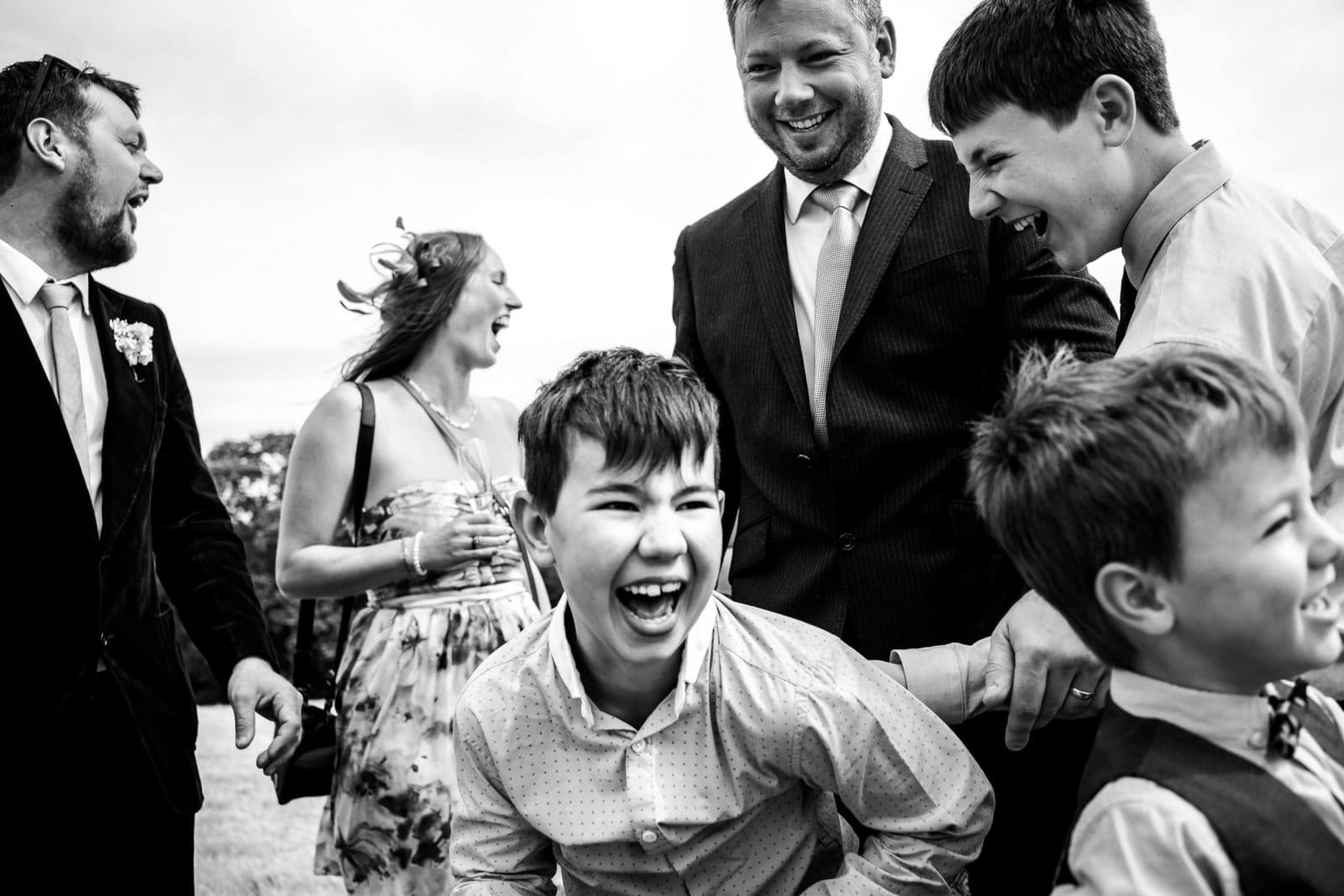
Size & Lens Lineup:
The A9 is not tiny or terribly lightweight. It’s smaller than any DSLR that I know of, but if you want a truly small and lightweight mirrorless system you are better off looking at Fuji or Olympus, both of which are capable of shooting weddings, as my last 4 years with Fuji have proven to me. The A9’s size is quite changeable depending on which lens you put on it. It can be small/light when paired with the 35mm f2.8, the 28mm f2 or the 55mm f1.8 for example. But pair it with the 35mm f1.4 ZA or the 85mm f1.4 GM and it can hardly be described as small. However with that additional size over the Fuji/Olympus, you do gain quite a bit of capability in several areas.
One of the criticisms often levelled at Sony is that it has a poor lens lineup, however this statement is out of date and just plain wrong now. The lens lineup is full of incredible lenses and plenty of options that will cover most wedding photographer’s needs. There’s still a few gaps, but they are rapidly filling, and when one considers the fact that you can mount pretty much any lens on the Sony, you can normally cover everything that you need. YMMV!
For what it’s worth the 35mm ZA, the 85GM and the little 55mm f1.8 are three of the best lenses I’ve ever used. Especially that 35mm, it is stunning and has a beautiful way of rendering images that I love.
UPDATE 2019: As I alluded to above, the gaps in the lens lineup have pretty much all been covered now and between Sony, Zeiss, Sigma, Samyang and a few other smaller companies, it’s grown into an incredible set of lenses. I’m loving the combination of 24mm f1.4 GM and Sony-Zeiss 50mm f1.4, both exceptional lenses.
Other bits’n’bobs:
Start up time is okay but could do with being a bit faster. The batteries are so good now that I just leave it on most of the time, so it’s not a big issue for me.
The autofocus box in the display is a grey colour unless you are actively focusing, then it turns green. Sometimes you lose track of where the autofocus point is, Sony could do with updating the software to give an option to change the colour to something more easily visible. A press on the joystick re-centres it, or a quick focus press lights it up, so it’s easy enough to work around it. (UPDATE 2020: this issue was solved via FW, you can now have coloured AF boxes)
If you are the type of shooter that uses flash a lot, like throughout the day, it’s probably not so great. You lose a lot of the benefits like the e-shutter, the EVF preview, and a flash up top probably doesn’t balance nicely for extended use without a battery grip. Plus mirrorless cameras don’t work with infra-red assist, and options like TTL etc are a bit lacking or basic compared to what Nikon offer. I’m not interested in any of that, but you might be. If you only shoot manual flash, it’s fine.
There are a load of benefits if you are keen on using manual glass, or tilt-shifts or prisms or any of that jazz. The ability to see your final image as you are shooting makes all of that kind of work so much easier. Especially when you take into account mirrorless features like focus peaking and IBIS. The A9, and all the Sony A7 bodies, do an amazing job of acting as a digital back for mostly any lens you want to throw on there and a growing assortment can be mounted with adaptors that even allow AF. This is one of the biggest advantages it has over DSLR’s, which don’t even come close for this.
Sony seems to avoid committing completely to things like weather sealing, but I’ve shot a few weddings in horrible rain and had no problem. I’m not worried about it personally. It would be nice if Sony could make the next model a completely weather sealed and rock-solid unit, like a smaller D5 or 1Dx, along the lines of the OMD-EM1 bodies.
UPDATE 2019: They’ve been soaked on numerous occasions now without issue so I guess the sealing is ample… I’d still like to feel a bit more trust in it though, which some other manufacturers do inspire.
Another benefit of the electronic shutter is that you have shutter speeds a full 2 stops faster than most DSLR’s (3 stops>D750). It goes right up to 1/32000 which gives you the ability to shoot at wider apertures, like f1.4, outside in bright sunlight. A nice addition to your creative options.
One silly niggle is that you have to have both SD cards in before you can shoot… it locks you out until you put them both in. You should be able to shoot on just one card if you want to.
A couple of silly decisions were made by Sony that I just can’t comprehend. Firstly, they have removed the access to in-camera apps that previous Sony A7 cameras had, except for the remote control. So you can’t download the time-lapse app for example. Silly. Secondly, they decided to remove S-LOG profiles from the video features of an otherwise brilliant video camera. This kind of decision by Sony, that is surely just firmware based, is quite frankly annoying and stupid, and does nothing other than piss users off. Luckily I don’t have any need for either of these features, but even so… grrr!
UPDATE 2019: Sony are introducing a built in intervalometer with firmware V5, but as yet have not added back the missing video profiles that are present in virtually every other serious camera they offer, and a few of the consumer ones too!

Should I buy it?
Who knows! It’s certainly an expensive bit of kit, it’s cheaper than a D5 or 1dX but a bit more expensive than a D850 or 5d4 and considerably more expensive than something like a D750 or XT2 or even an A7R2, which can do a fine job at weddings. It can also be very expensive switching over your existing lens lineup, so consider that too.
Cost aside, I think if you are looking for a mirrorless camera that can keep up with and/or improve upon the best of the DSLR world in every aspect, then yes, you should buy it. If you are a very fast paced, in the thick of it, style of shooter, who likes to shoot with AF-C that can keep up with anything that moves, then yes, you should buy it. If you are a centre point only & recompose type of photographer, then no, it’s probably a waste of money. If you are a very slow contemplative shooter, then no, it’s probably not worth it. If you are perfectly happy with what you are already using, then no, don’t do it.
UPDATE 2020: With the release of the A9ii, the original A9 is now, in my opinion, a bargain and offer 95% of the new model for wedding photography.
Summary:
In my opinion this camera allows a freedom of shooting like no other on the market at the moment. The combination of silent shooting, superb AF speed/coverage/accuracy, seamless switching between EVF & tilt-screen, and extreme customisability in a relatively small & light package provides a wonderful shooting experience. It really does get out of the way and allow you to focus on the important aspects of an image – moment, light, composition. There are so few drawbacks and they are very minor.
Has it changed or improved my images? Yes & no. My style has remained the same, it’s not magic, it hasn’t suddenly made me a better photographer overnight. The photographic vision is still, obviously, up to the photographer. BUT, it has given me more confidence. Confidence to get really close because of the silent shutter. Confidence that my images will be sharp and in focus because of the awesome AF. Confidence that the IQ is there to support the images. Any tool that gives you confidence will allow you to create more freely, and focus more on the work.
It is incredibly versatile; I love it for weddings but I also know it would be incredible for concert, press, sports, street, portrait, family, etc; it is a true all rounder.
When I was using the Fuji XT2 it felt like the camera was often slowing me down, with the Sony it feels like I’m the weakest link not the camera. This is how it should be. Before this camera using mirrorless systems always had compromises when compared to a DSLR. I was happy to make those compromises because I felt the benefits outweighed them. However now we have all of those benefits, plus a few extra, and as far as my shooting style goes, none of the compromises. If this camera keeps working and proves itself reliable over time, then it may well have cured me of g.a.s!!
(UPDATE 2019: I think after 60 weddings I can give it the nod for reliability, and it has 99% cured me of g.a.s!)
It’s not a game changer – all of these features have been brewing in mirrorless cameras for some time now – but it’s an evolution, a refinement. It’s a maturing of the mirrorless camera. It’s certainly not perfect, but it comes fairly close, for me at least.
IN MY OPINION, THE A9 IS THE BEST CAMERA ON THE MARKET FOR WEDDING PHOTOGRAPHERS RIGHT NOW!
UPDATE 2019: I still stand by that statement and don’t believe anything has come out in the intervening time (almost two years) that has topped the A9 for me. The full frame mirrorless market has exploded with excellent offerings from Nikon, Canon & Panasonic that have definitely increased the pressure on Sony to stay ahead of the game, but honestly, none of them can compete with the A9 in my opinion. I have never had a camera that works so fluidly, is so customisable to your own needs, and just gets out of the way and allows you to shoot creatively, without barriers, as this one. Still love it!
UPDATE 2020: I still stand by the above, though the other companies offerings also look amazing in their own right. The silent shooting capabilities remains unmatched and is a must-have for me now.
Here’s some more images taken on the A9, feel free to ask questions in the comments.
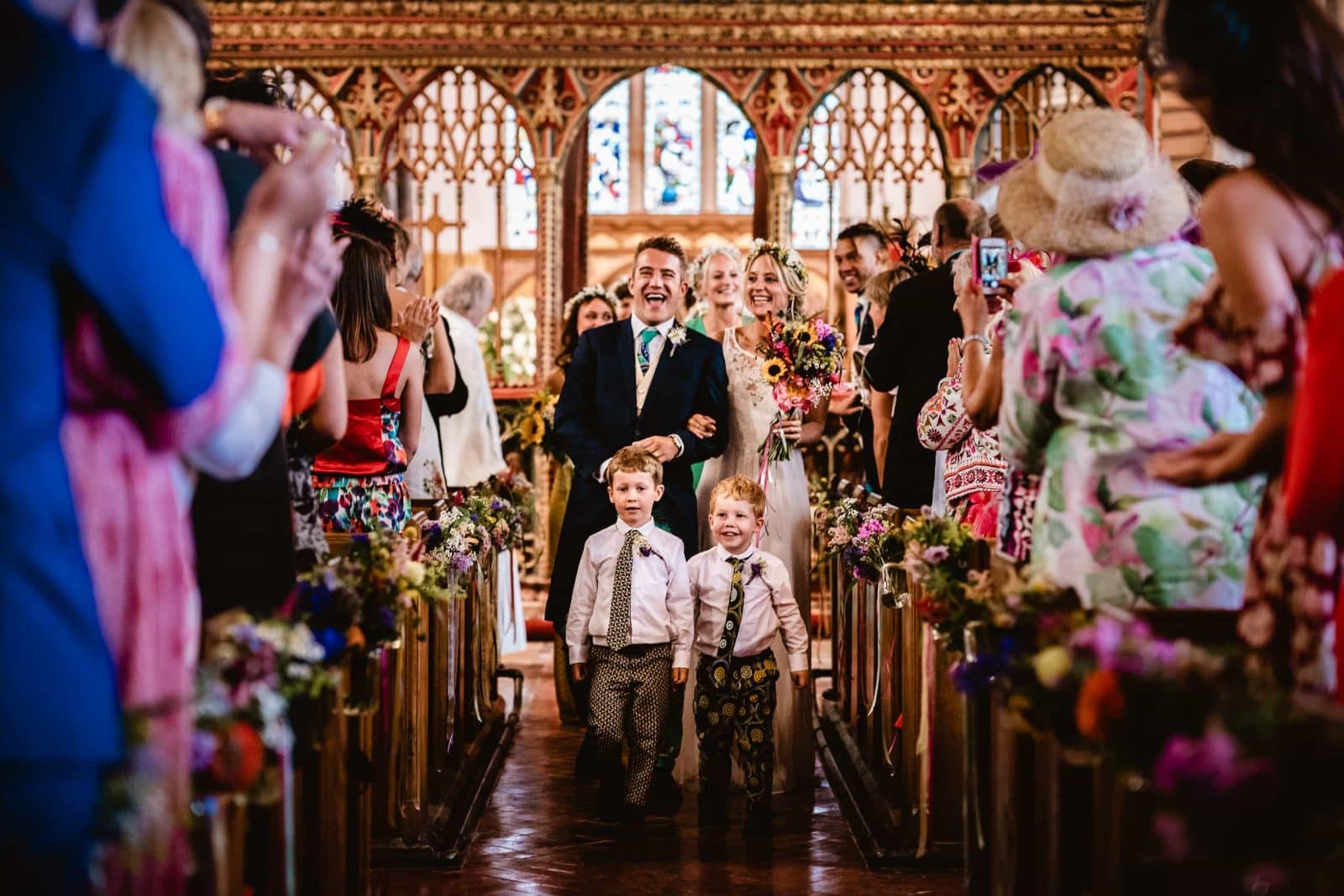
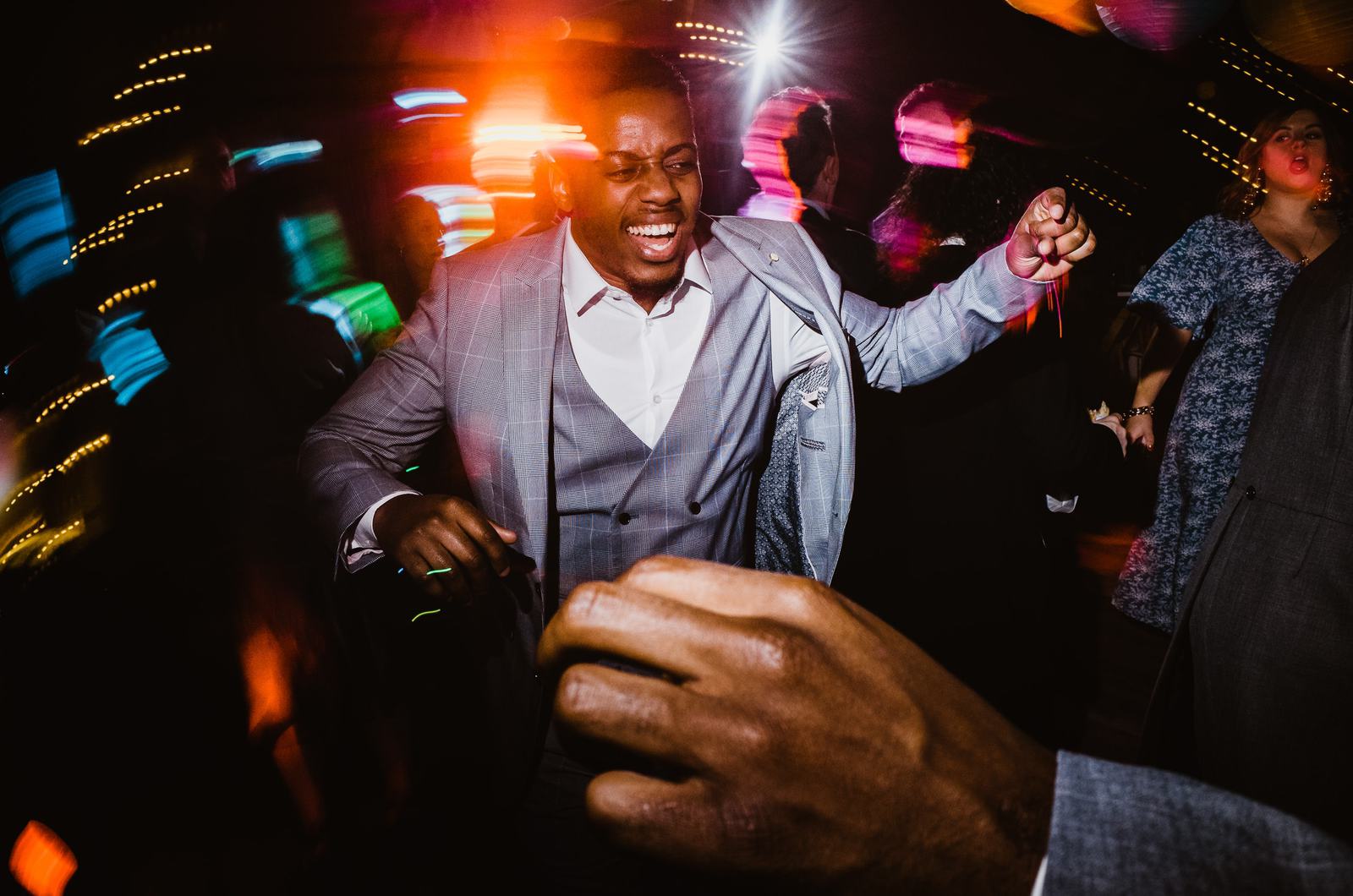
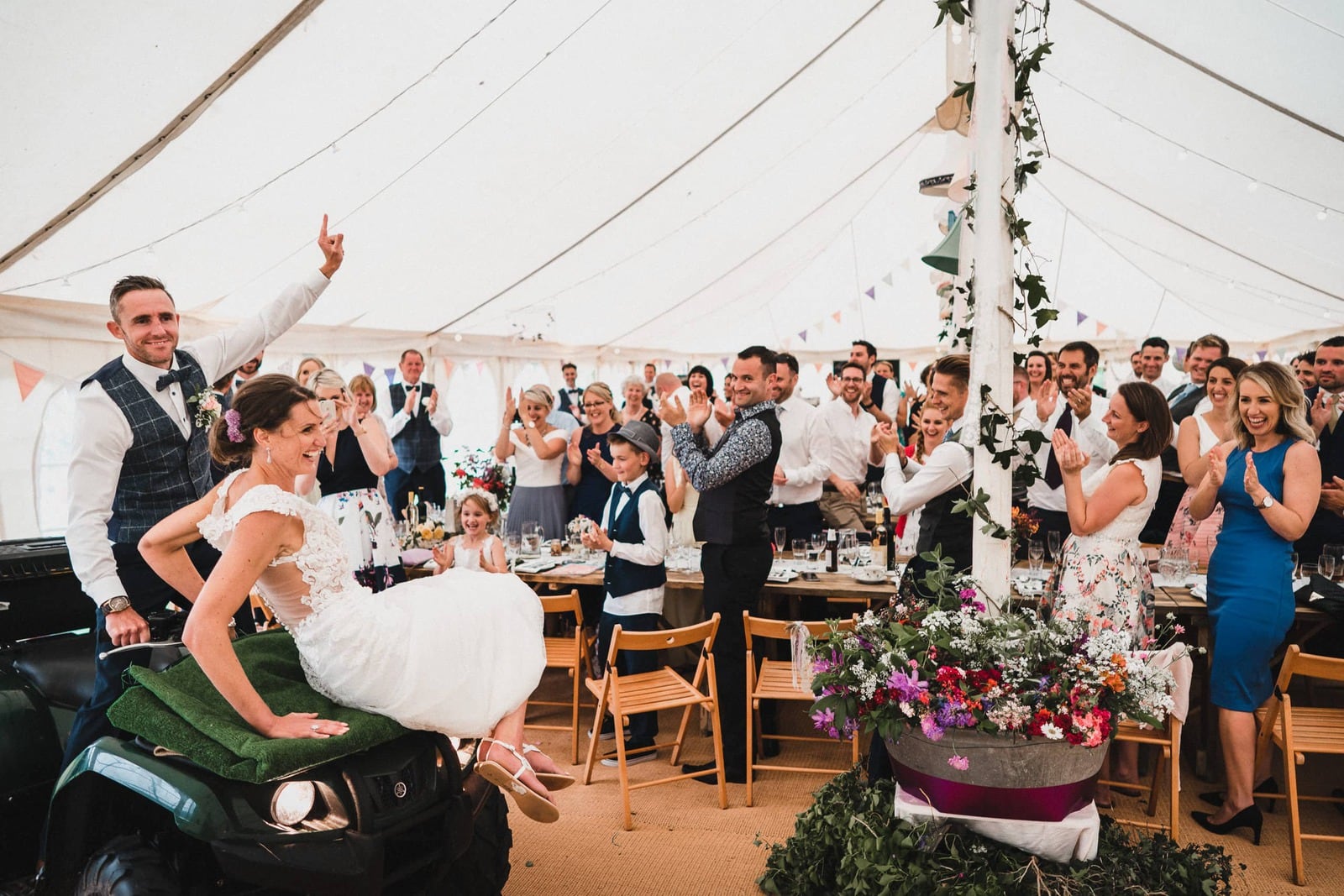
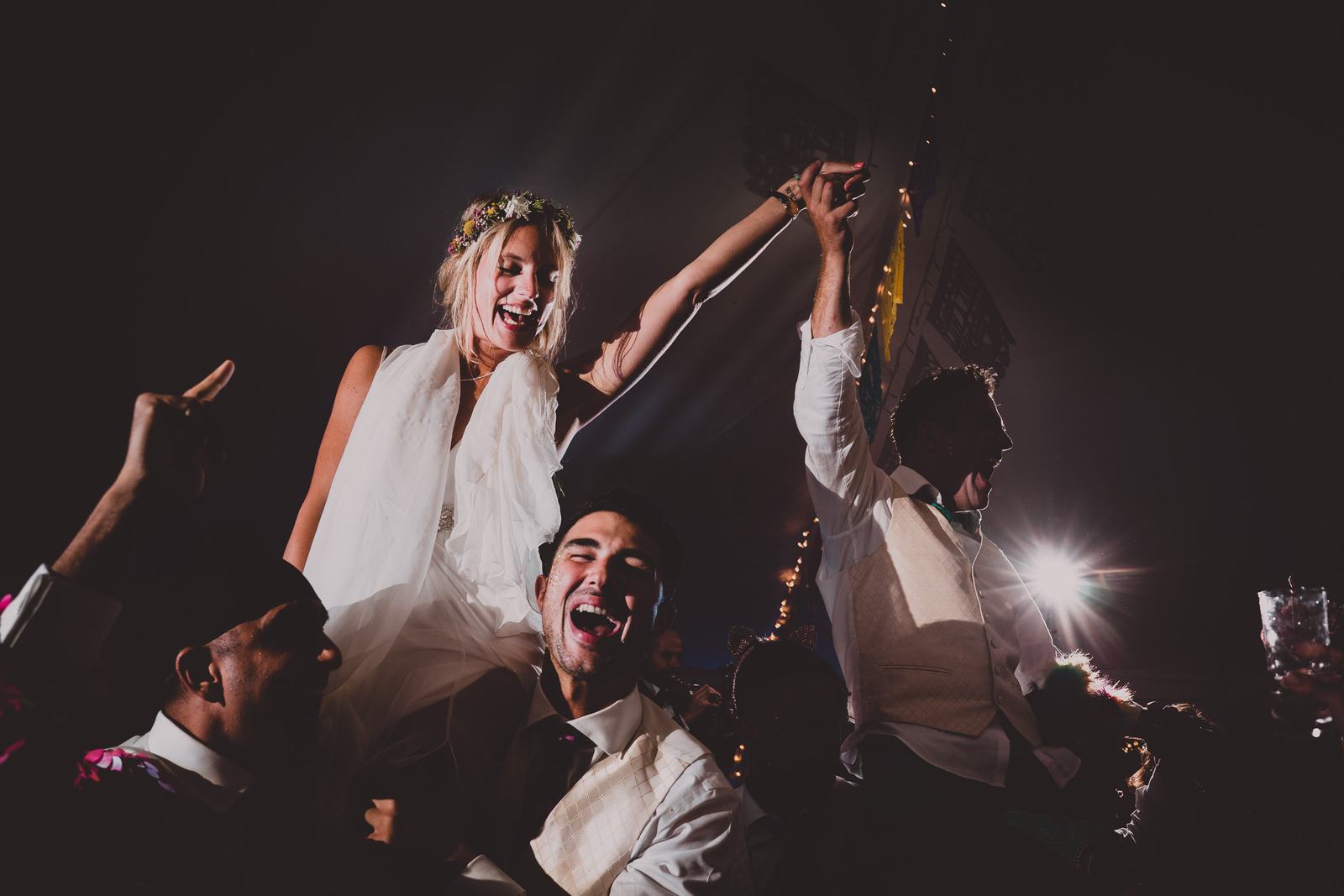
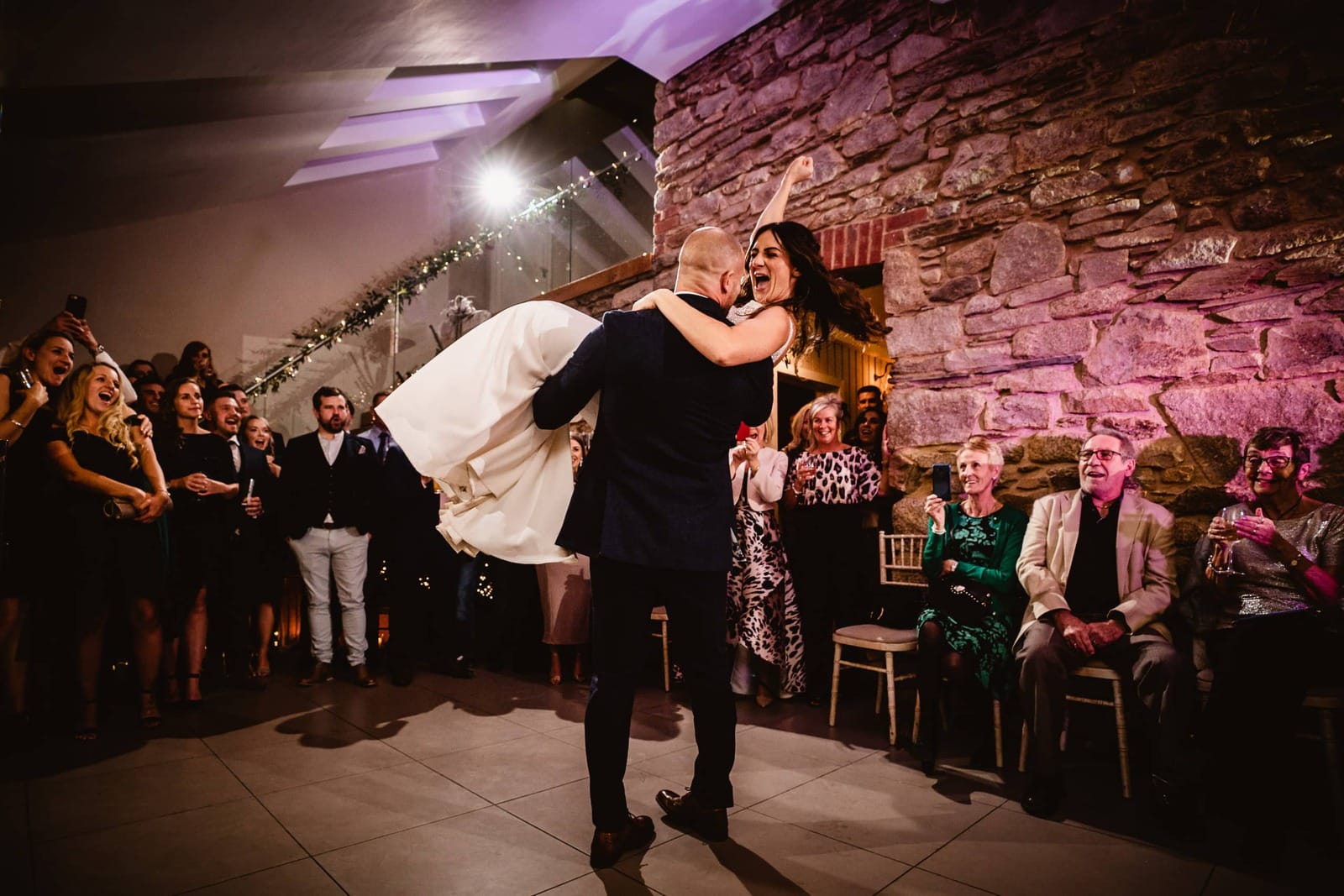
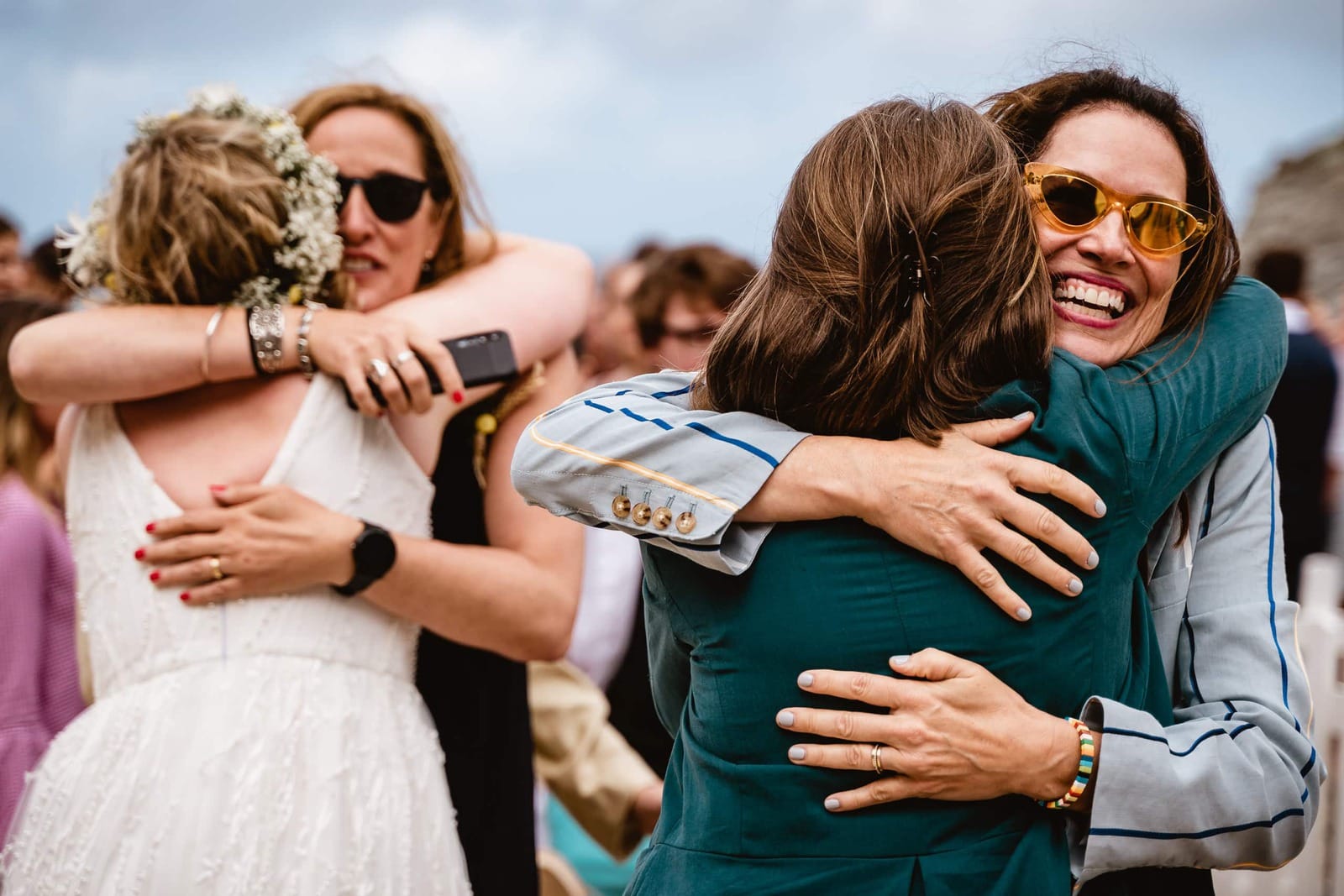
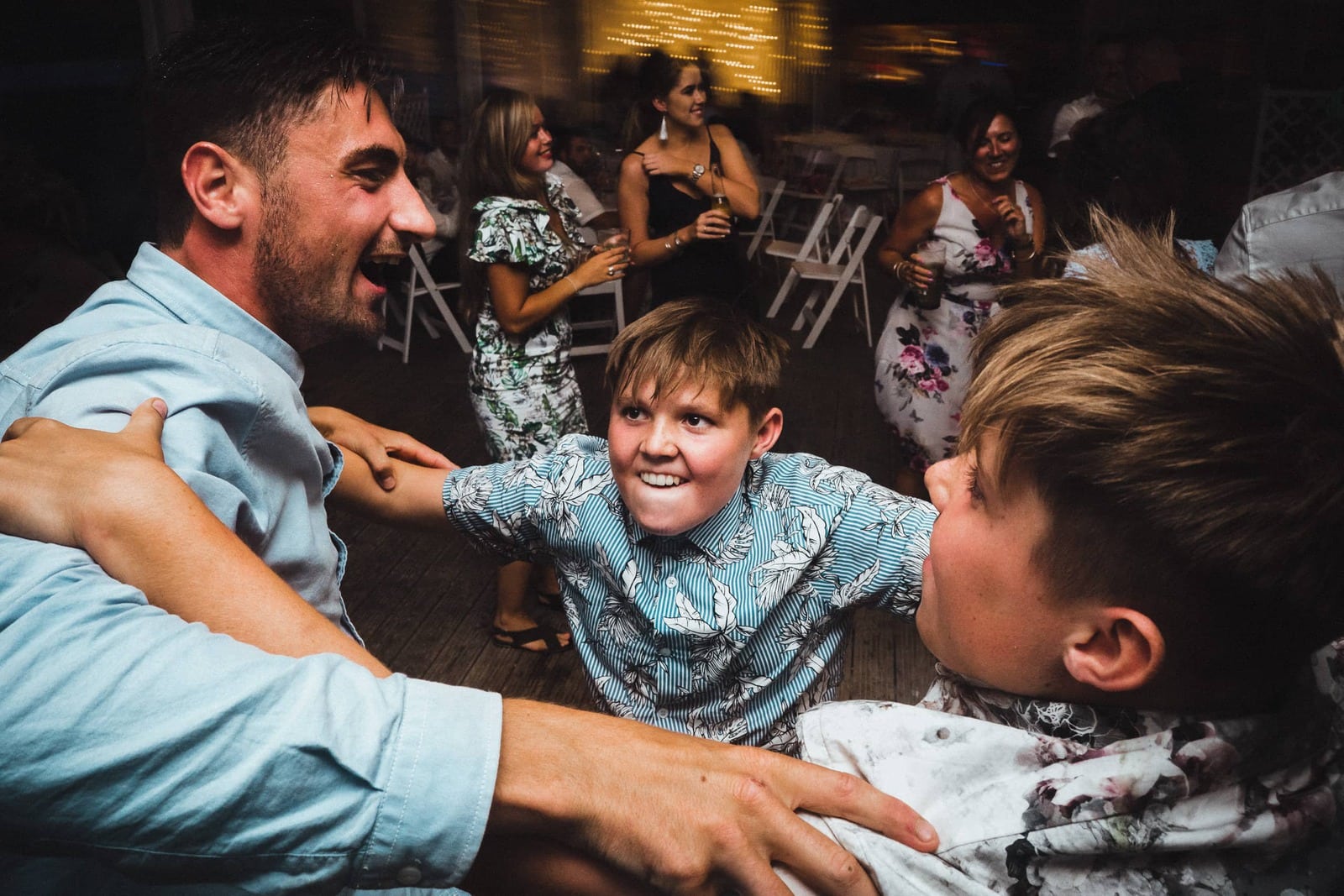
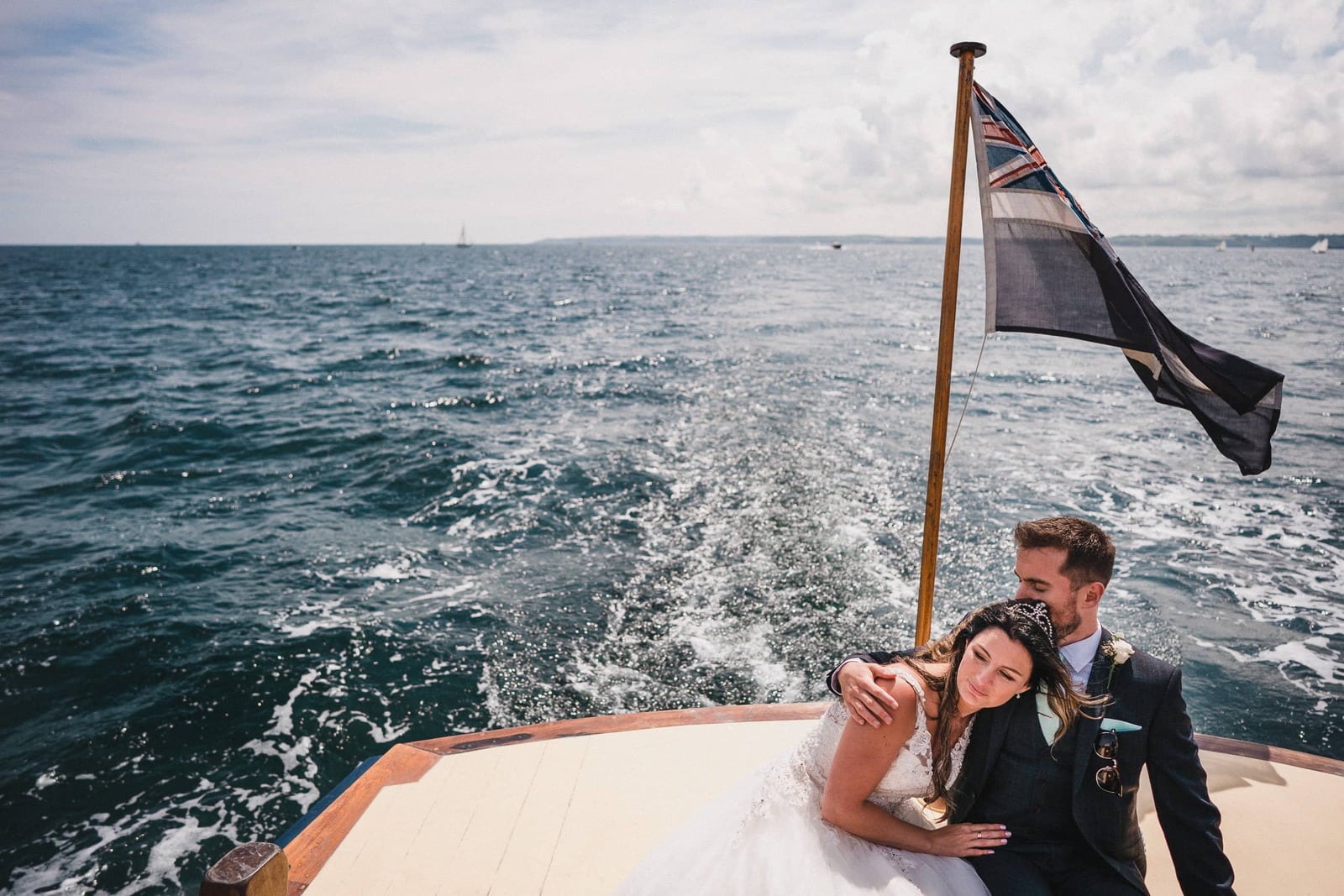
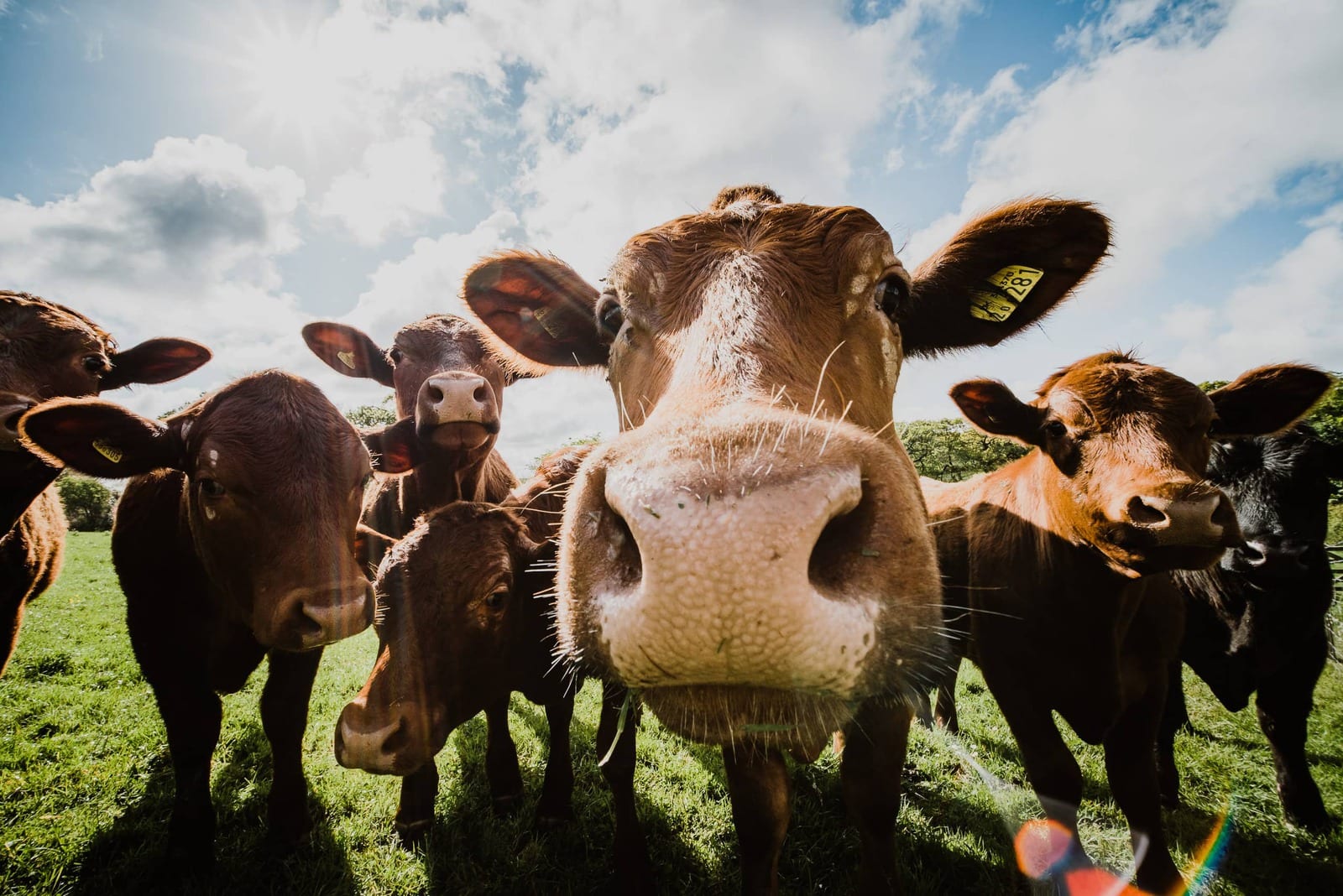
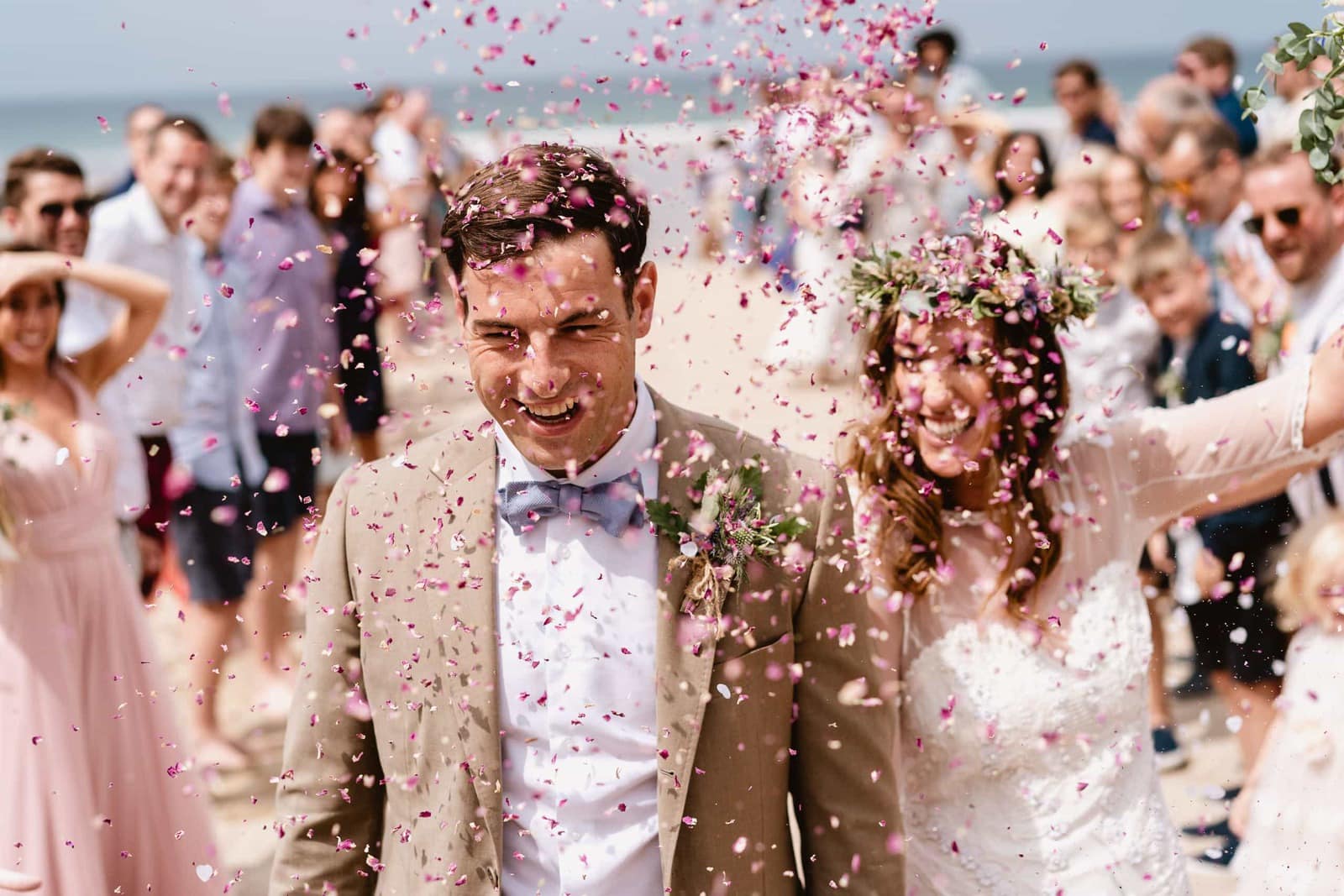
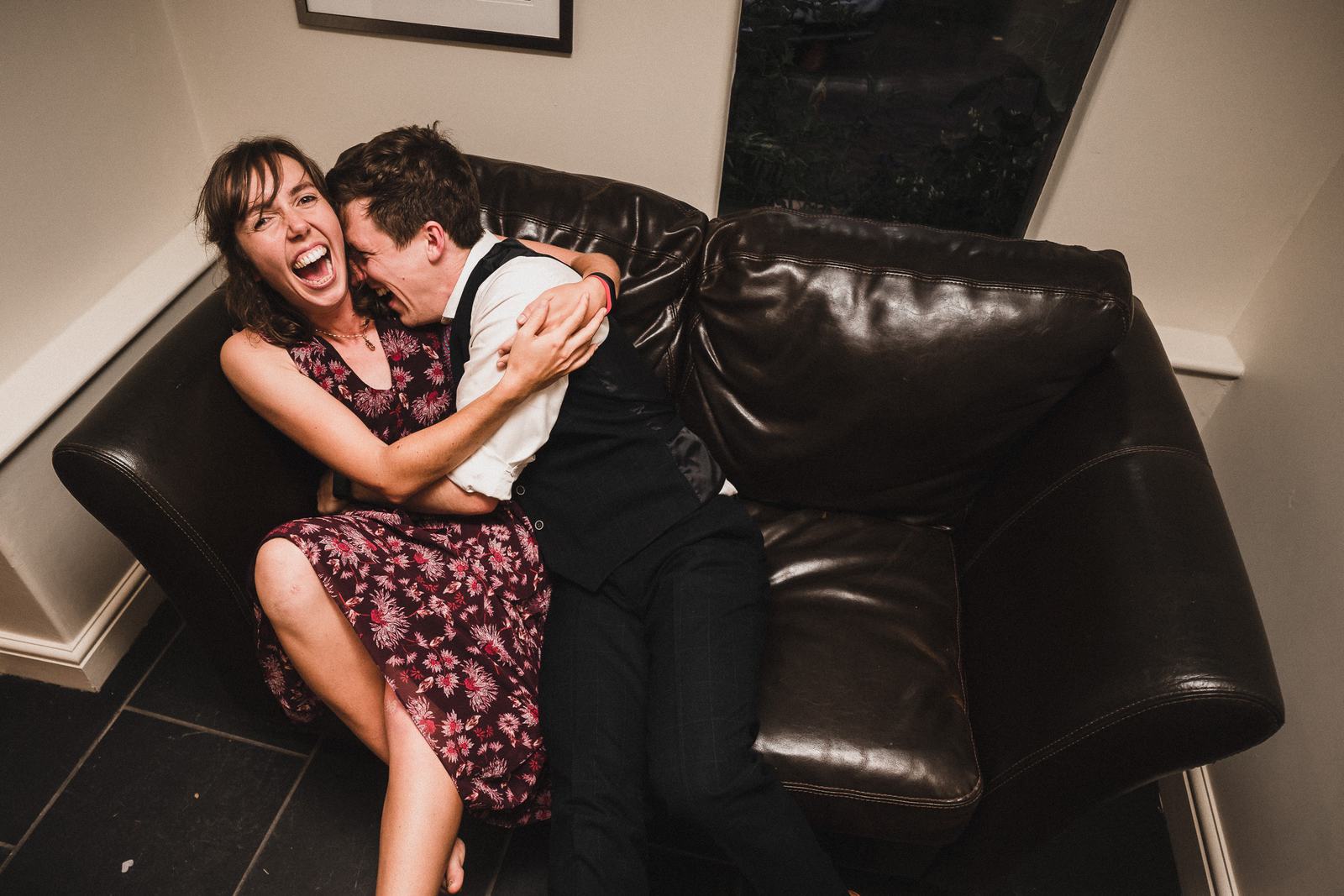
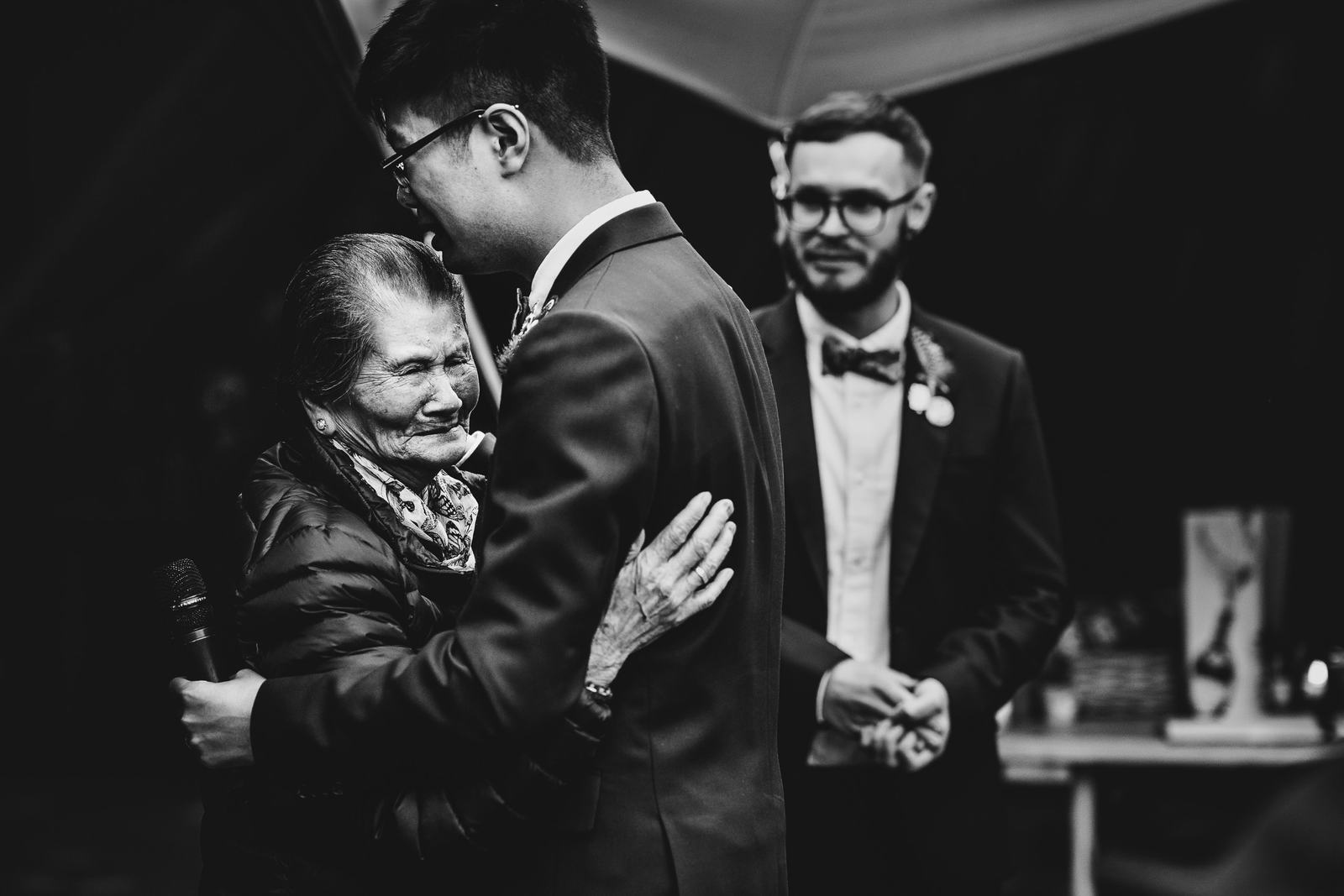
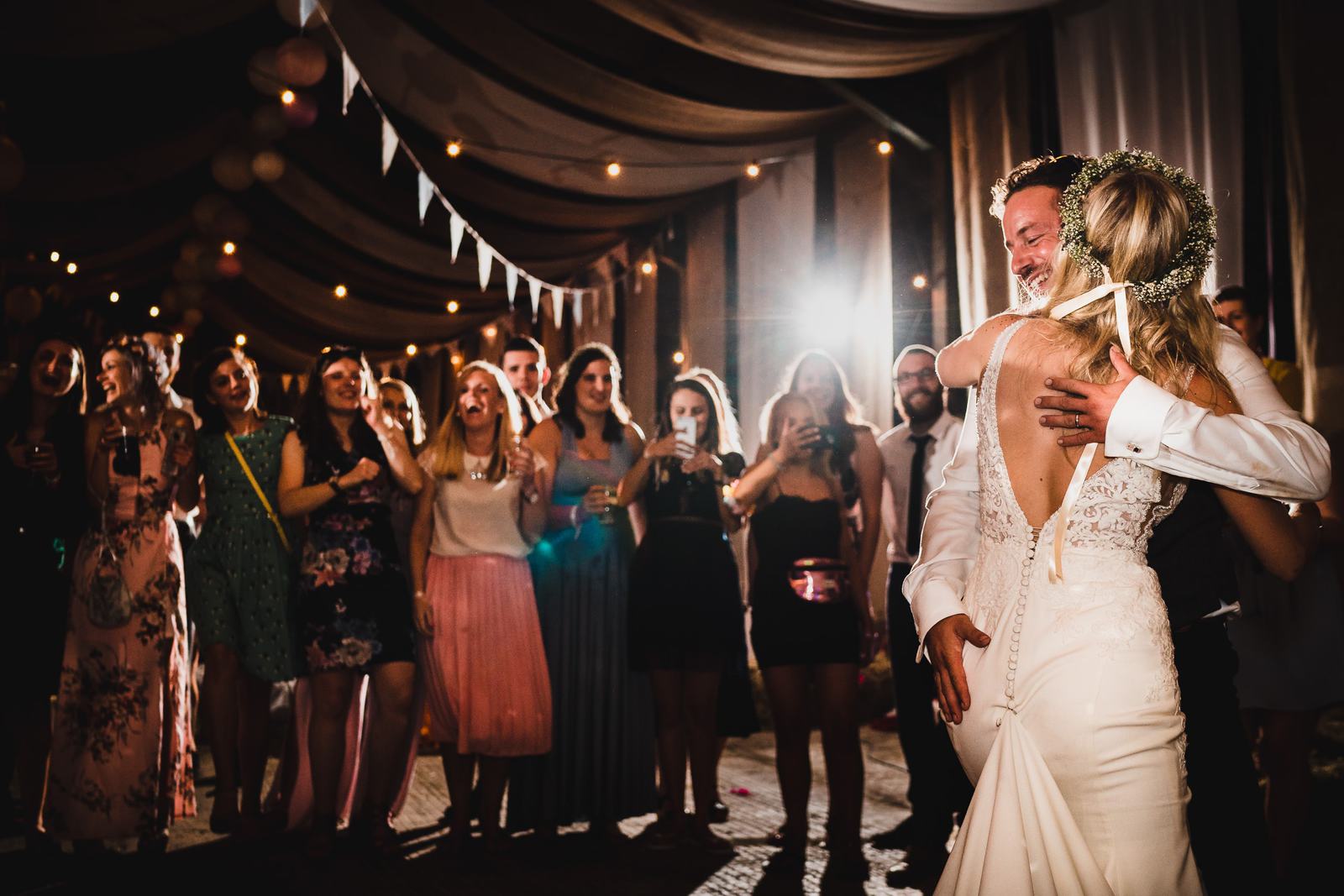
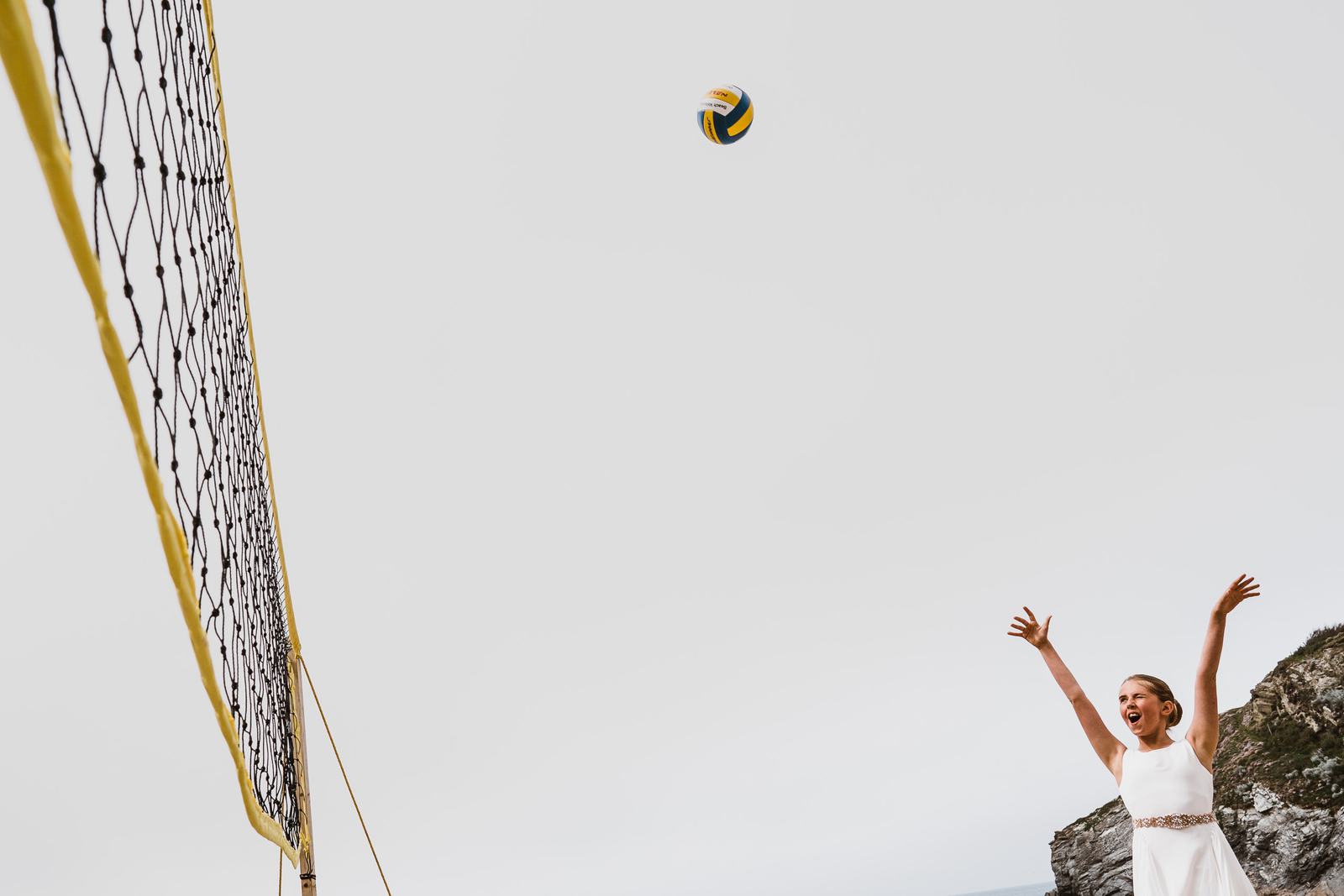
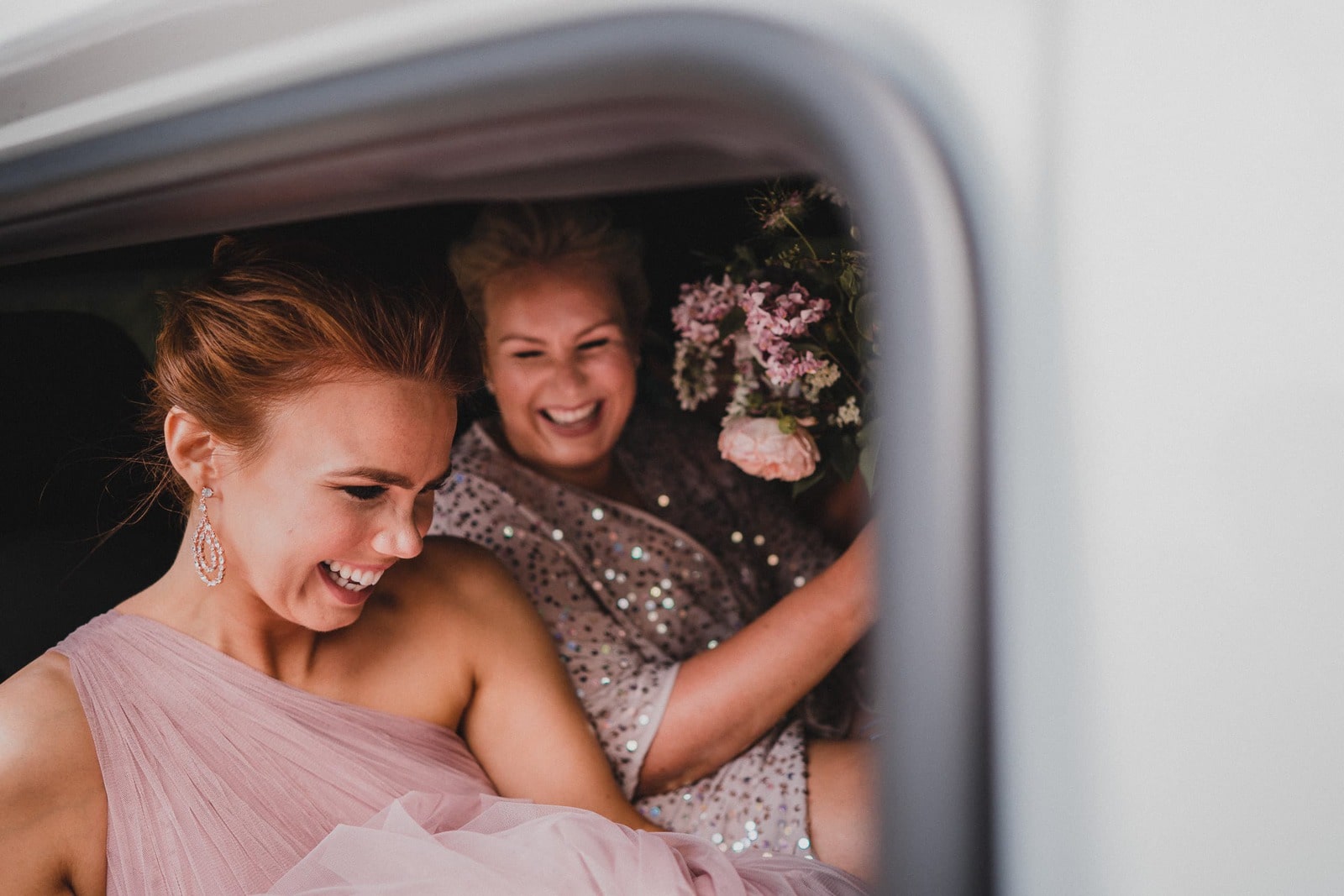
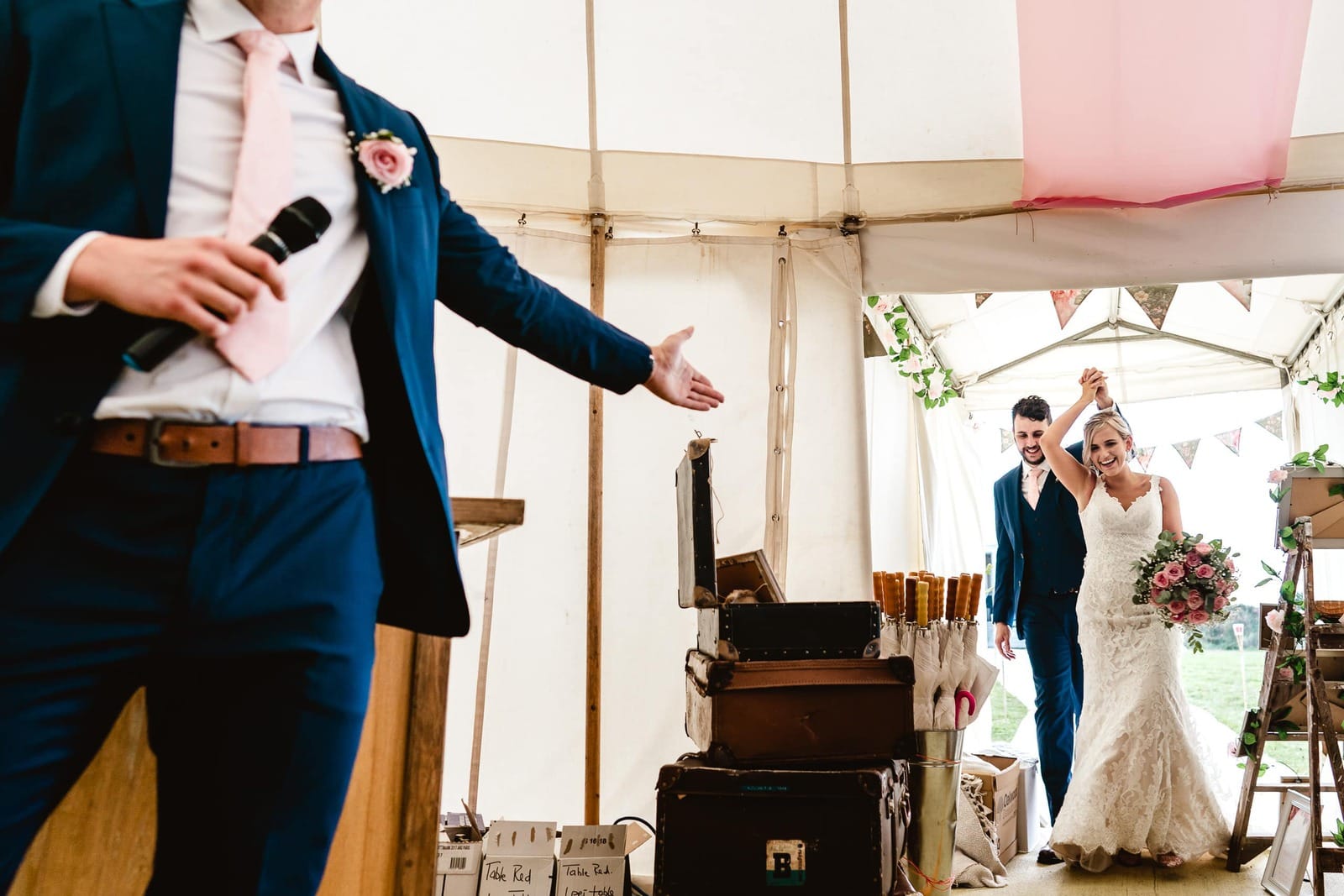
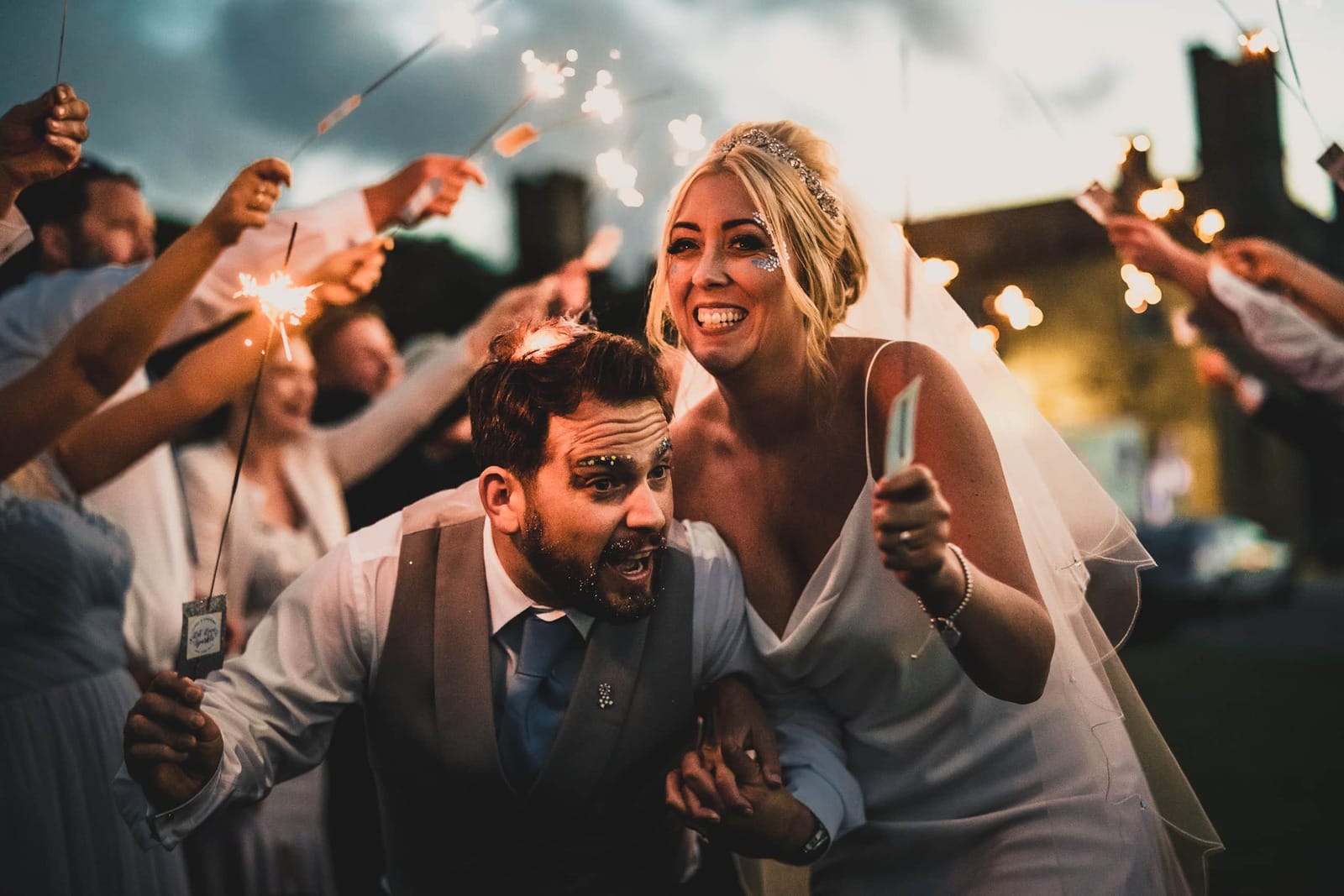
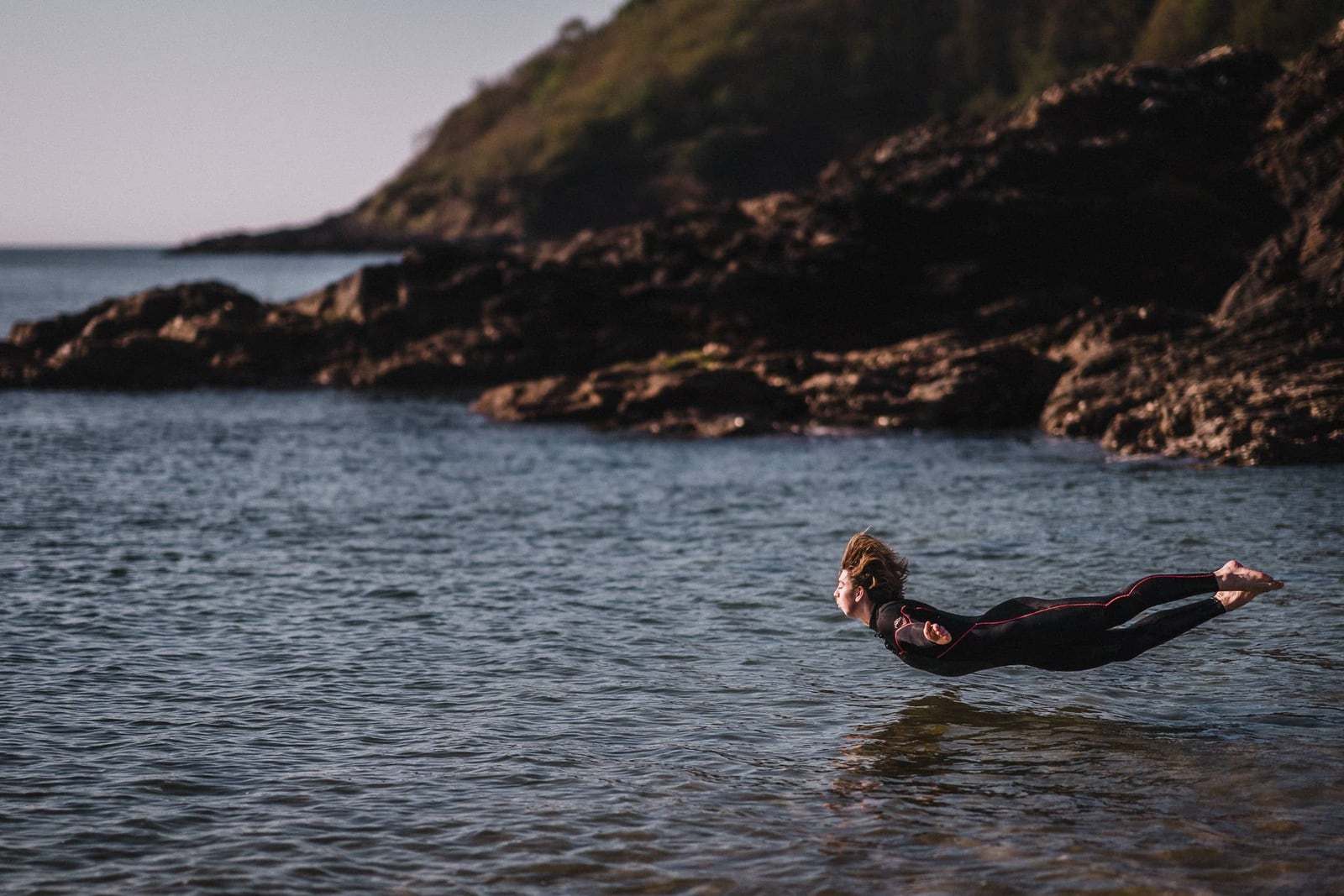
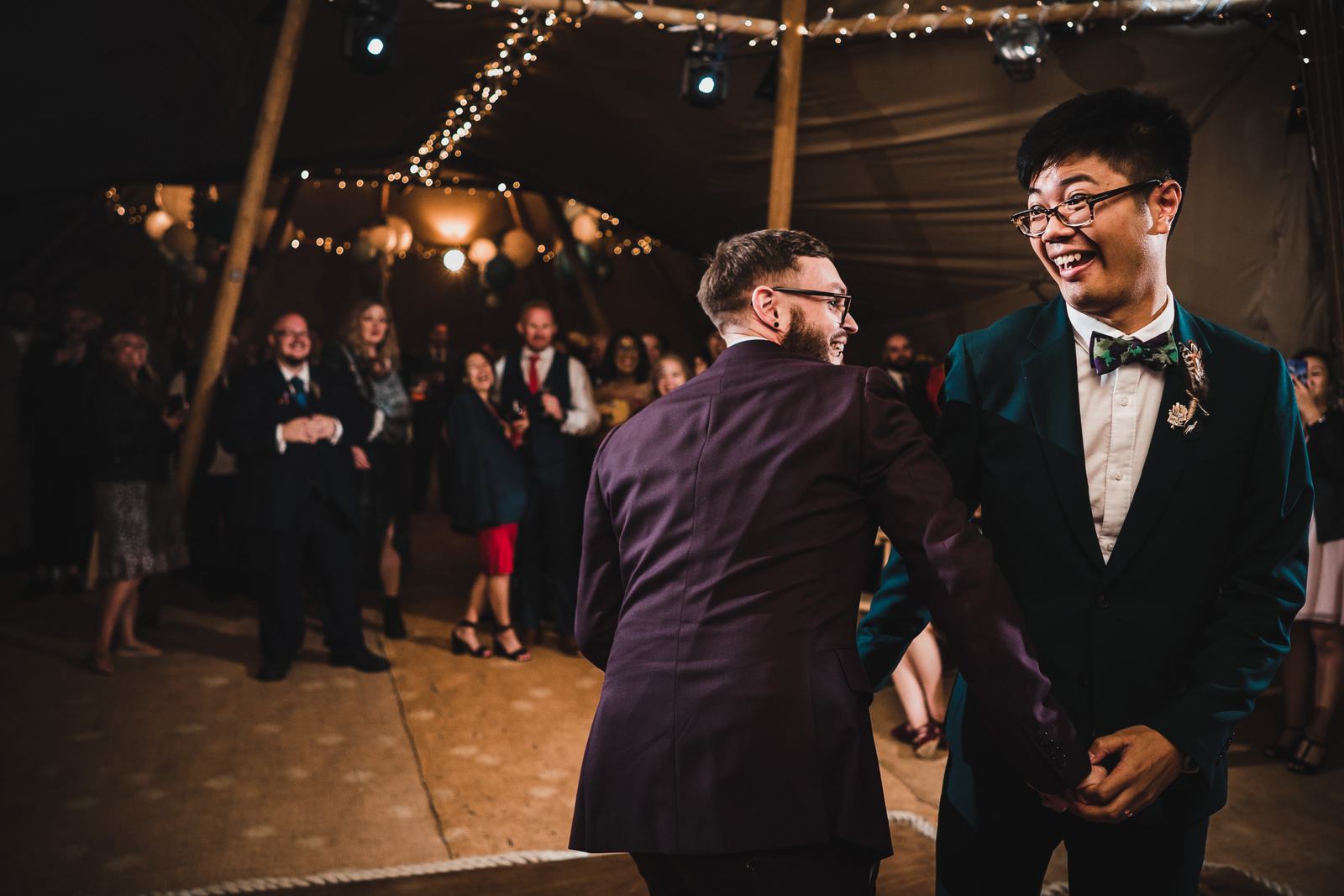
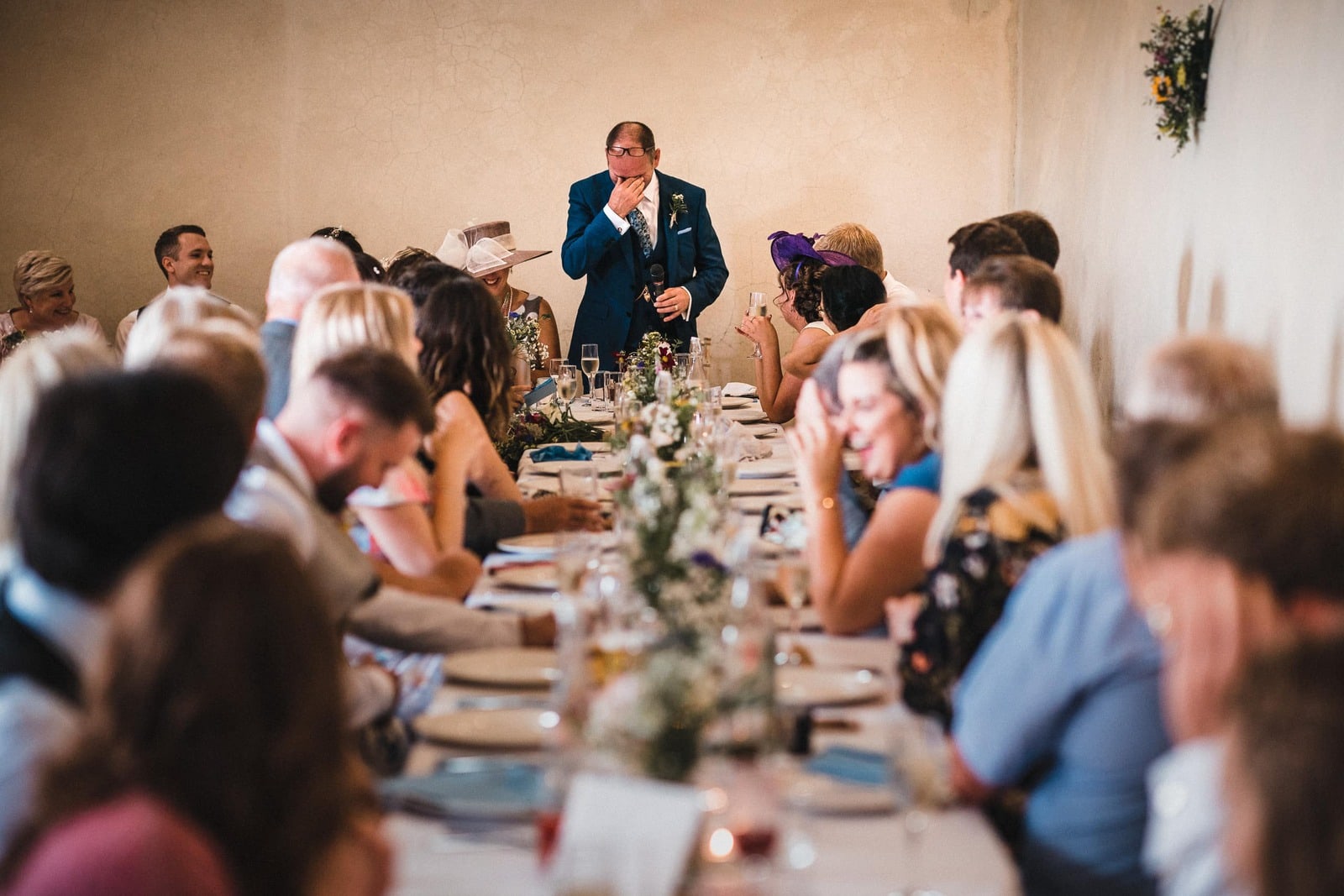
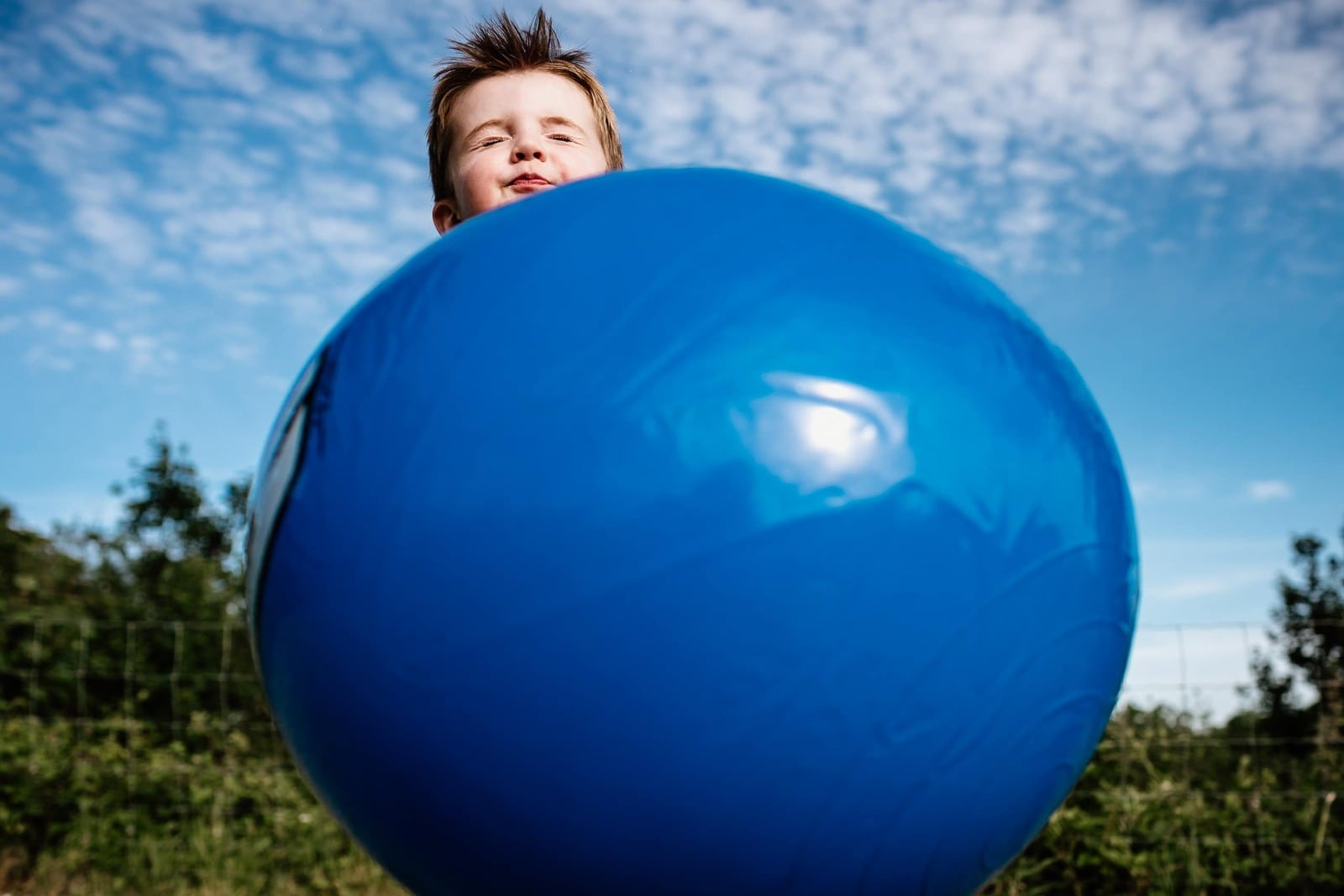
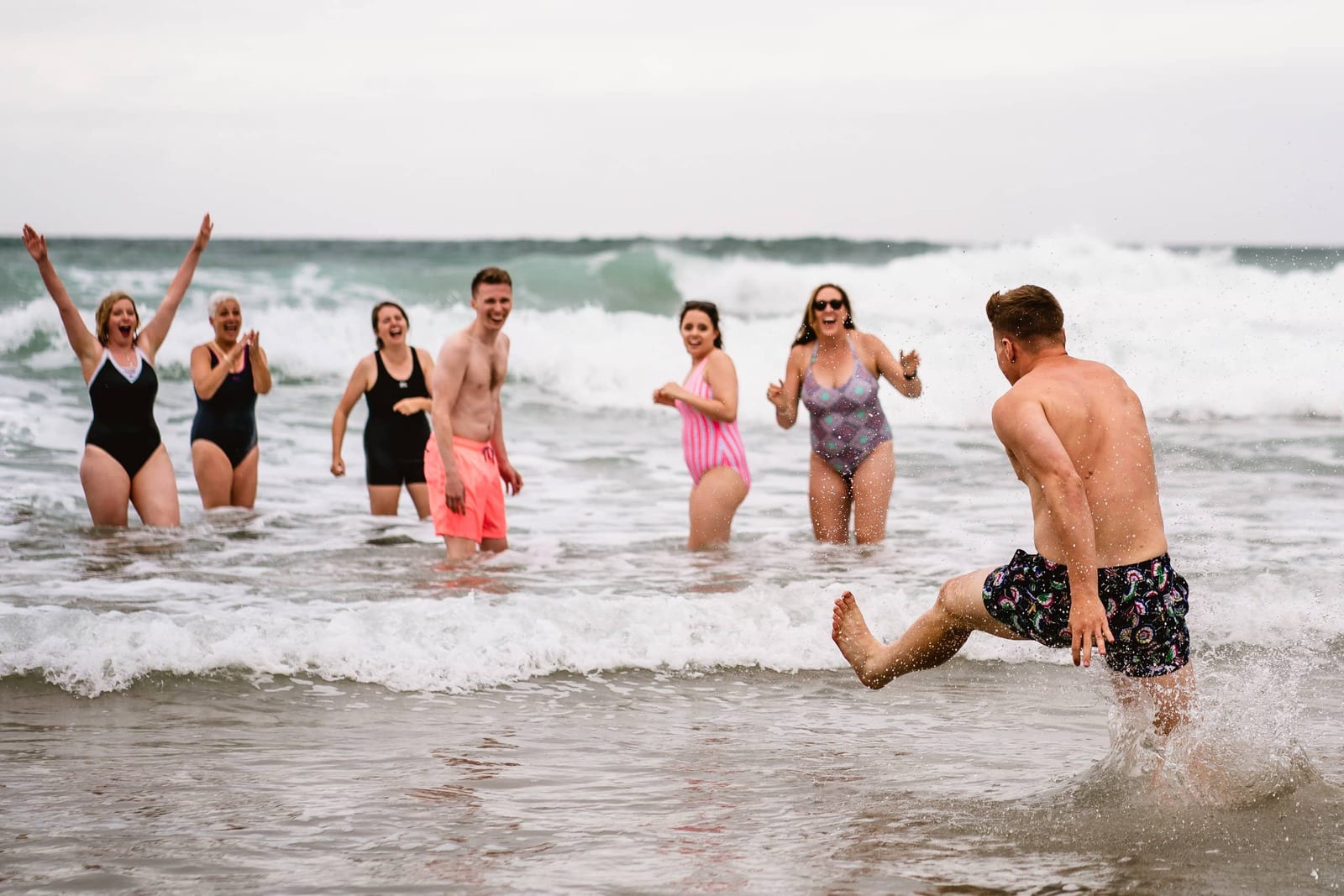
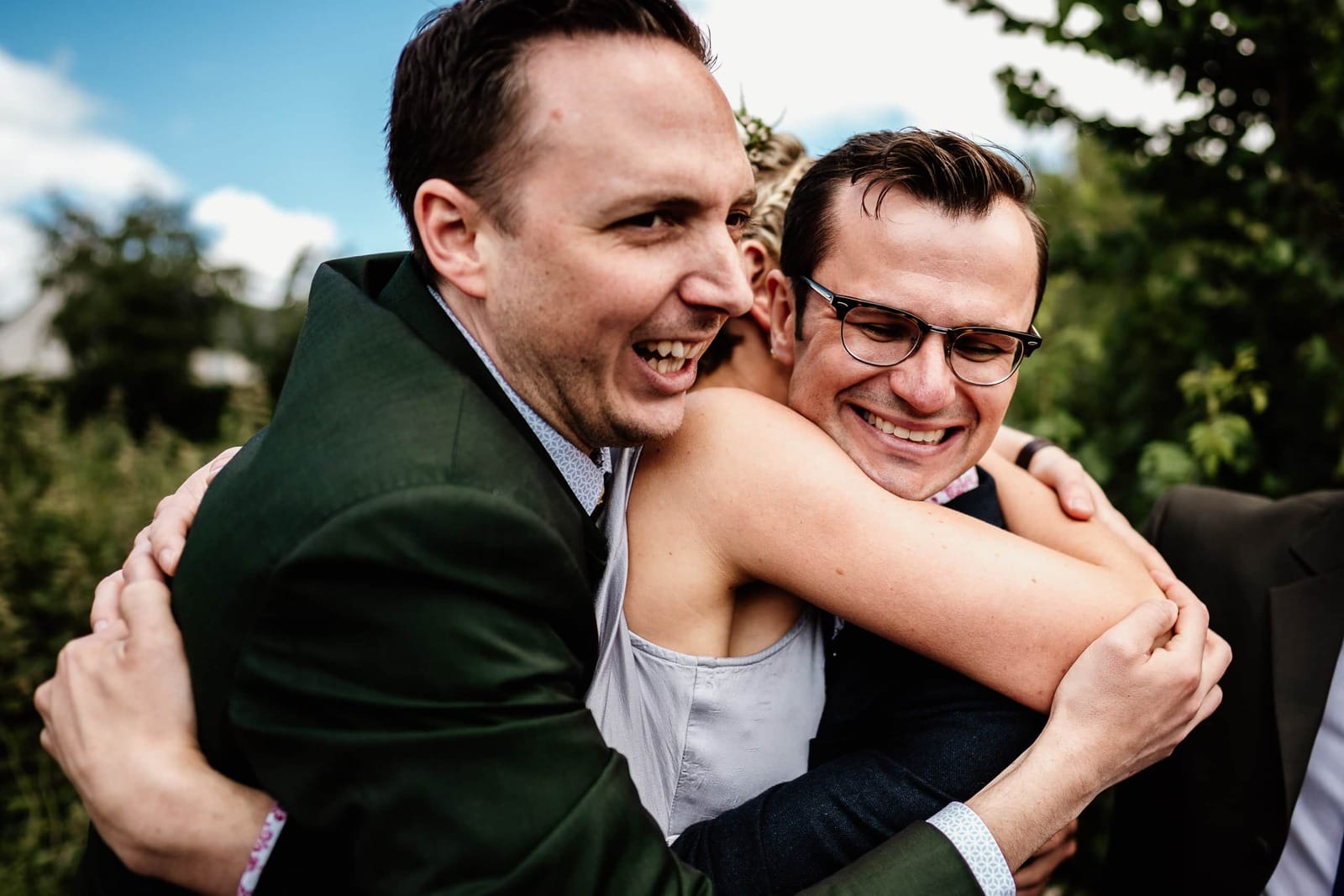
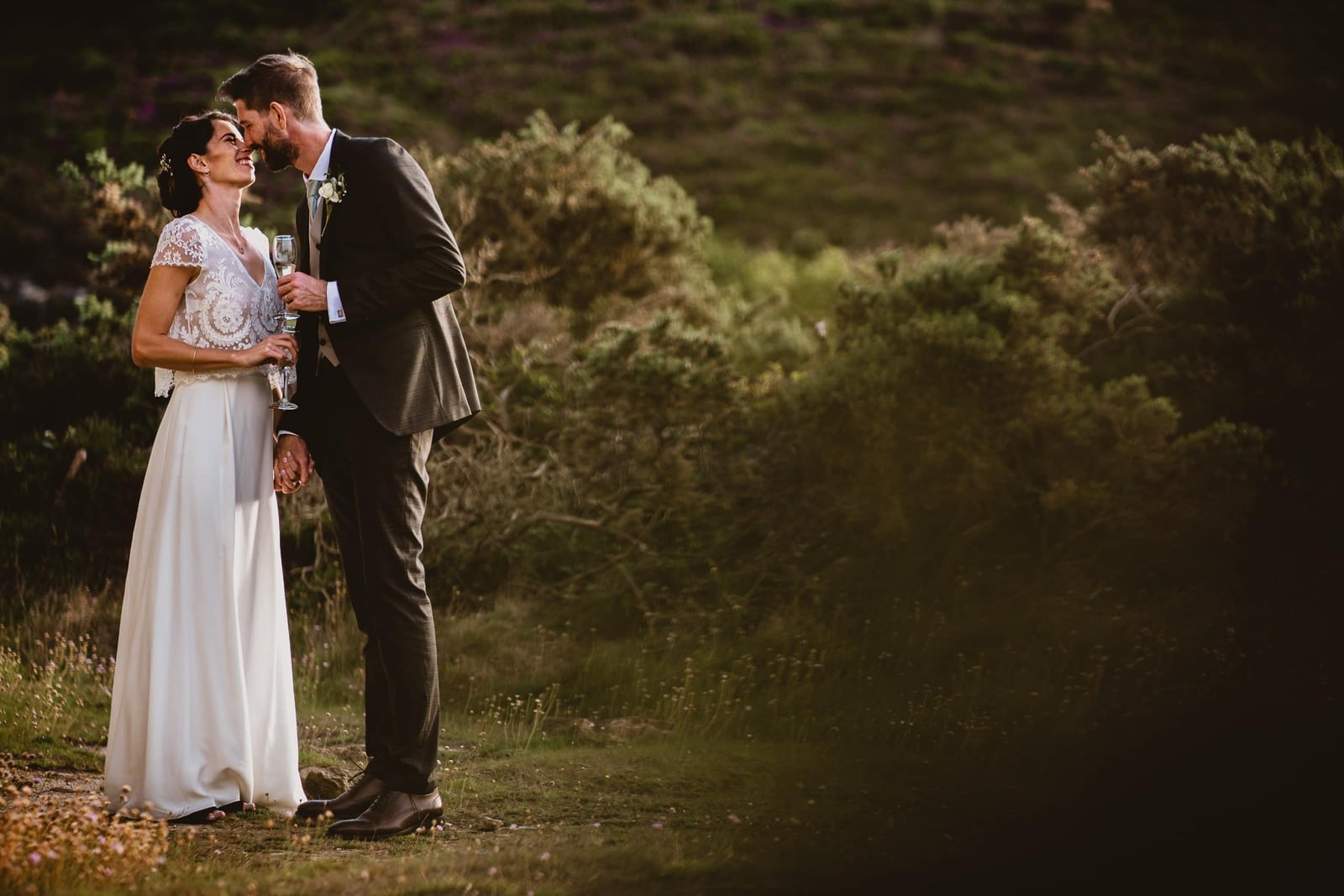
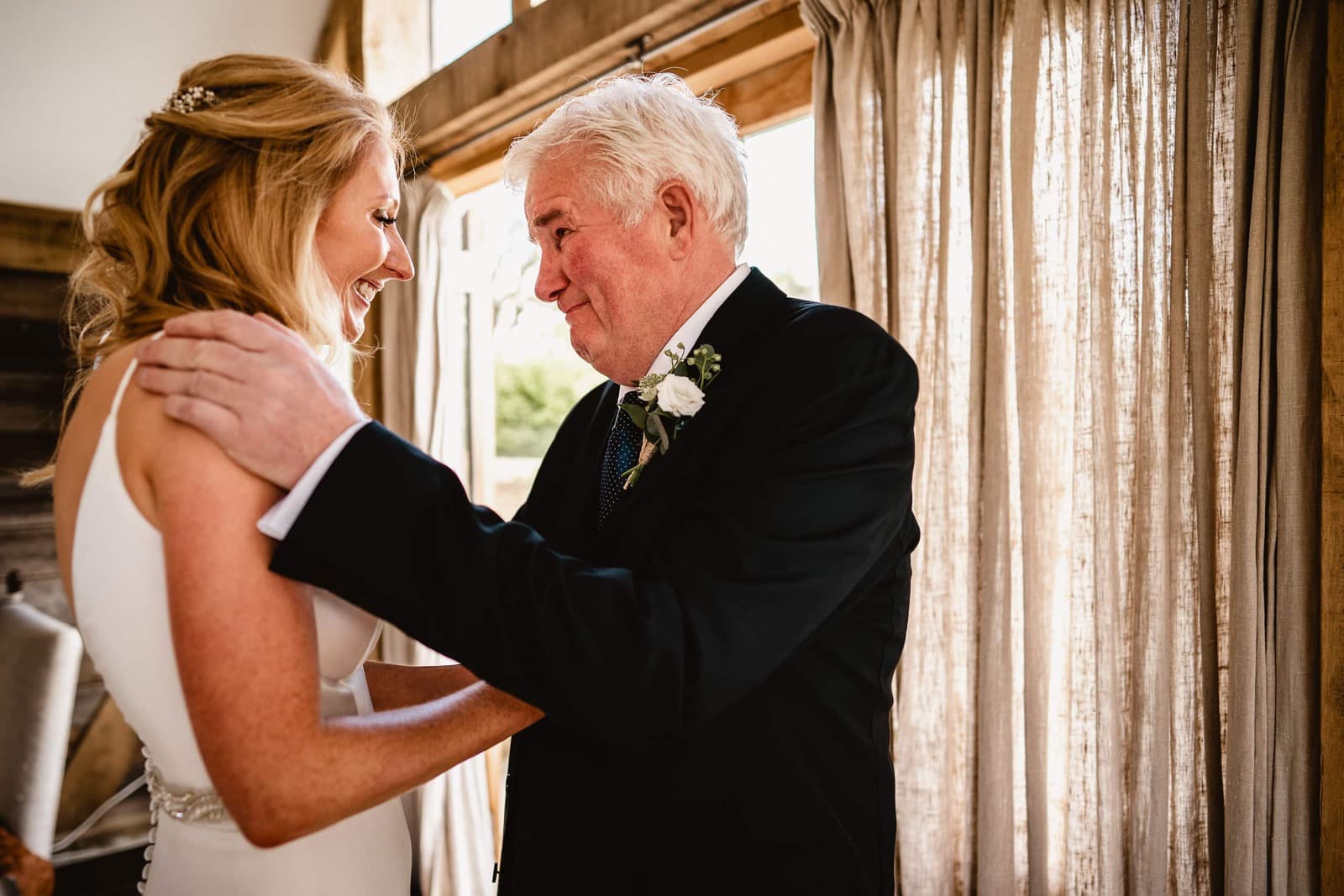
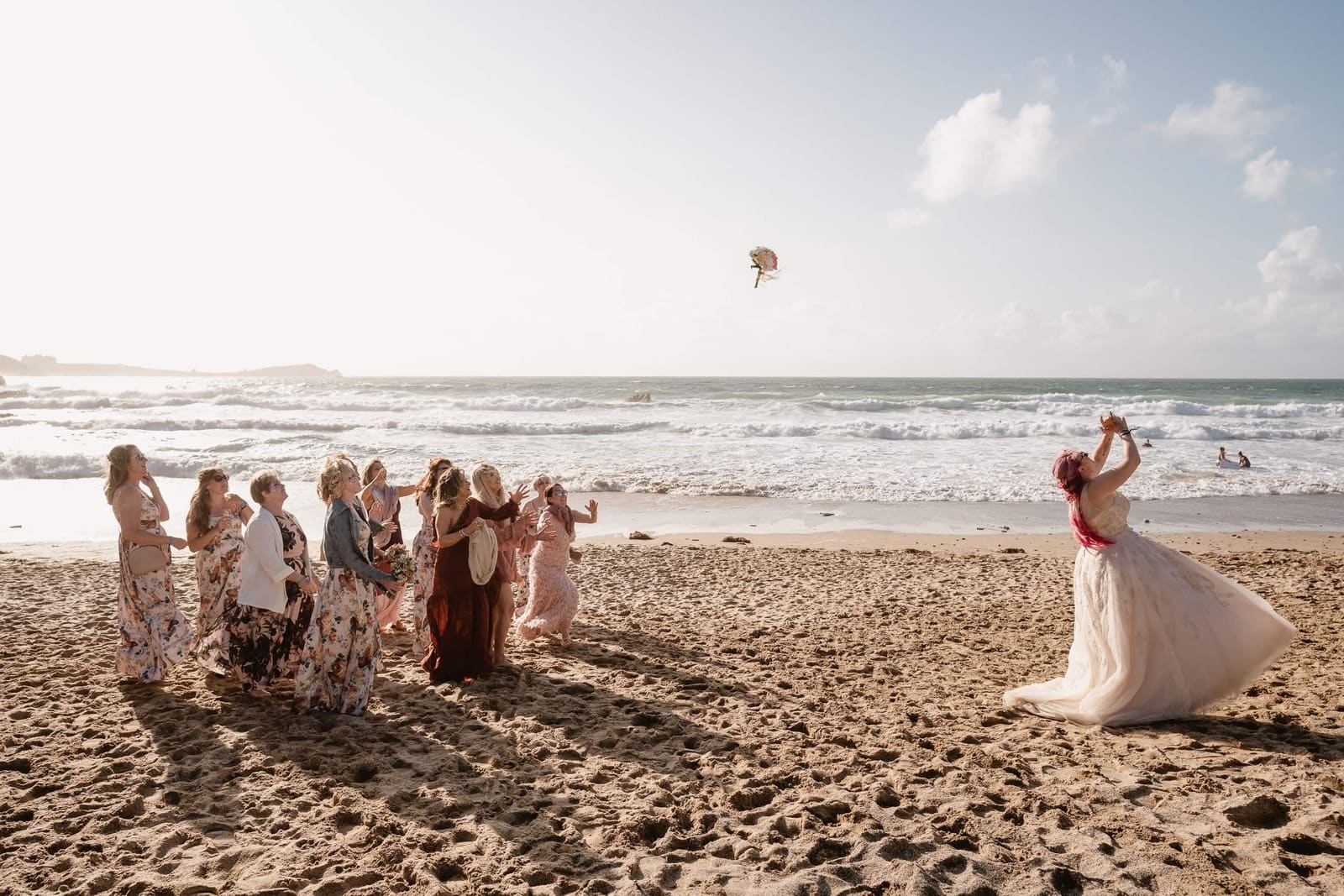
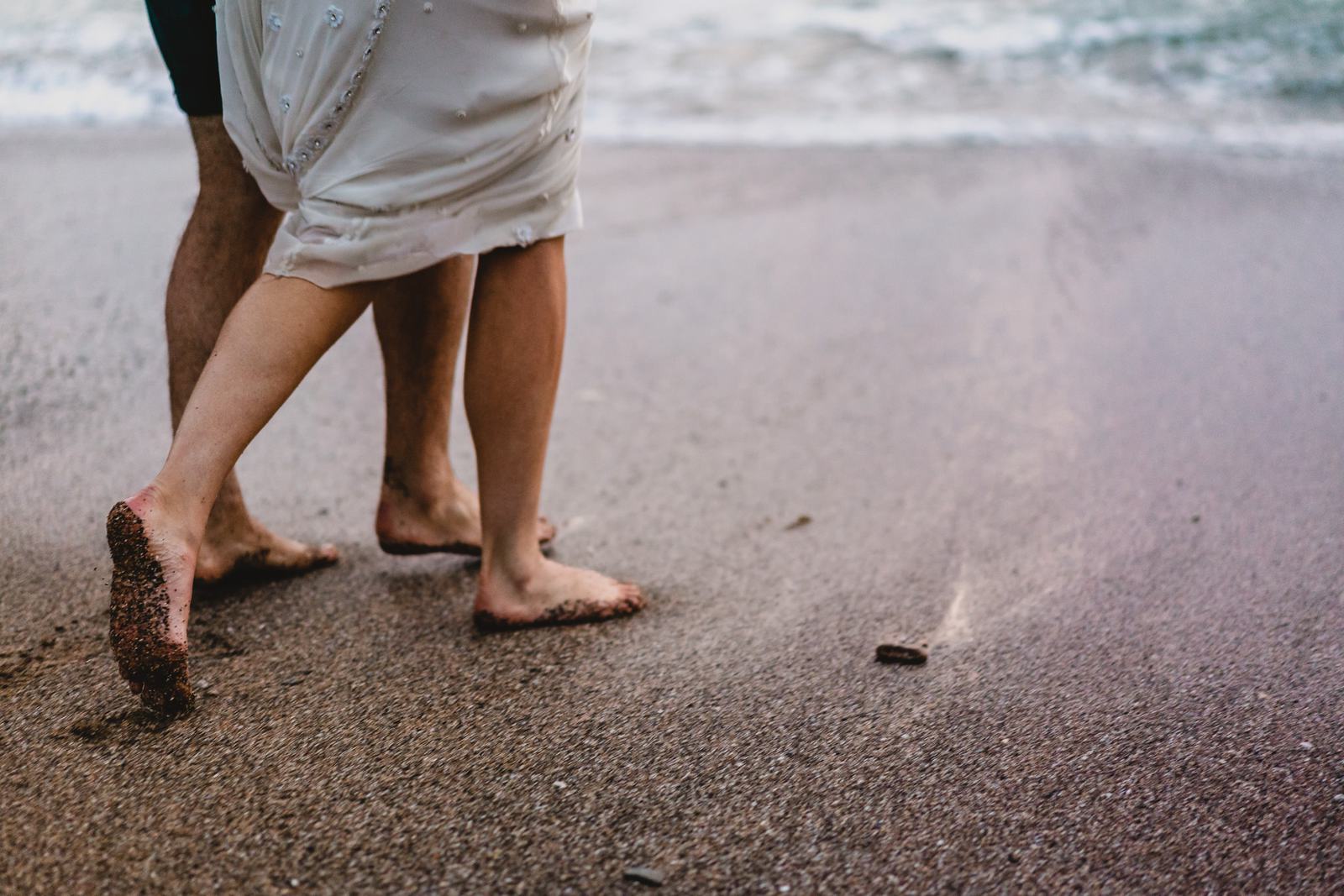
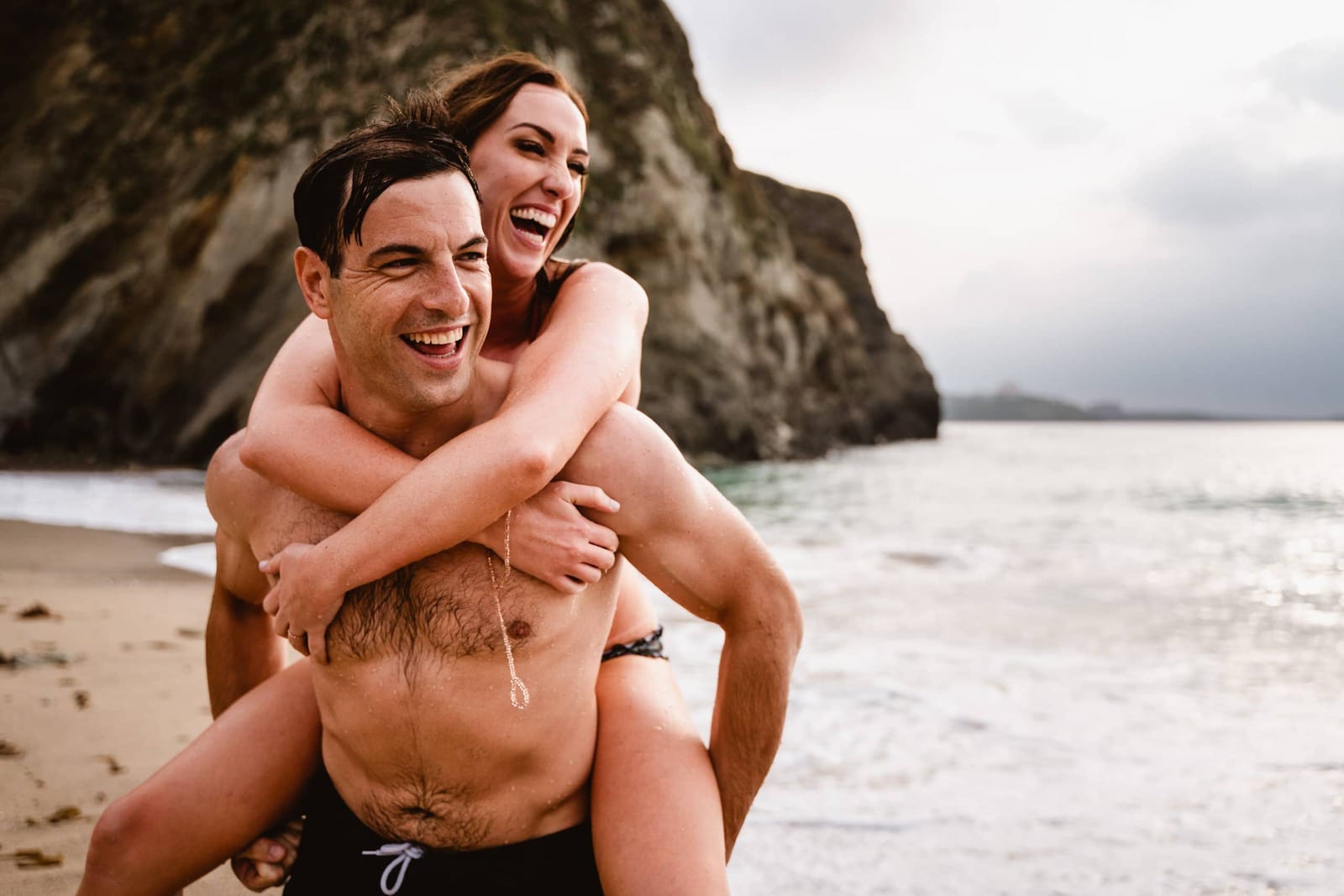
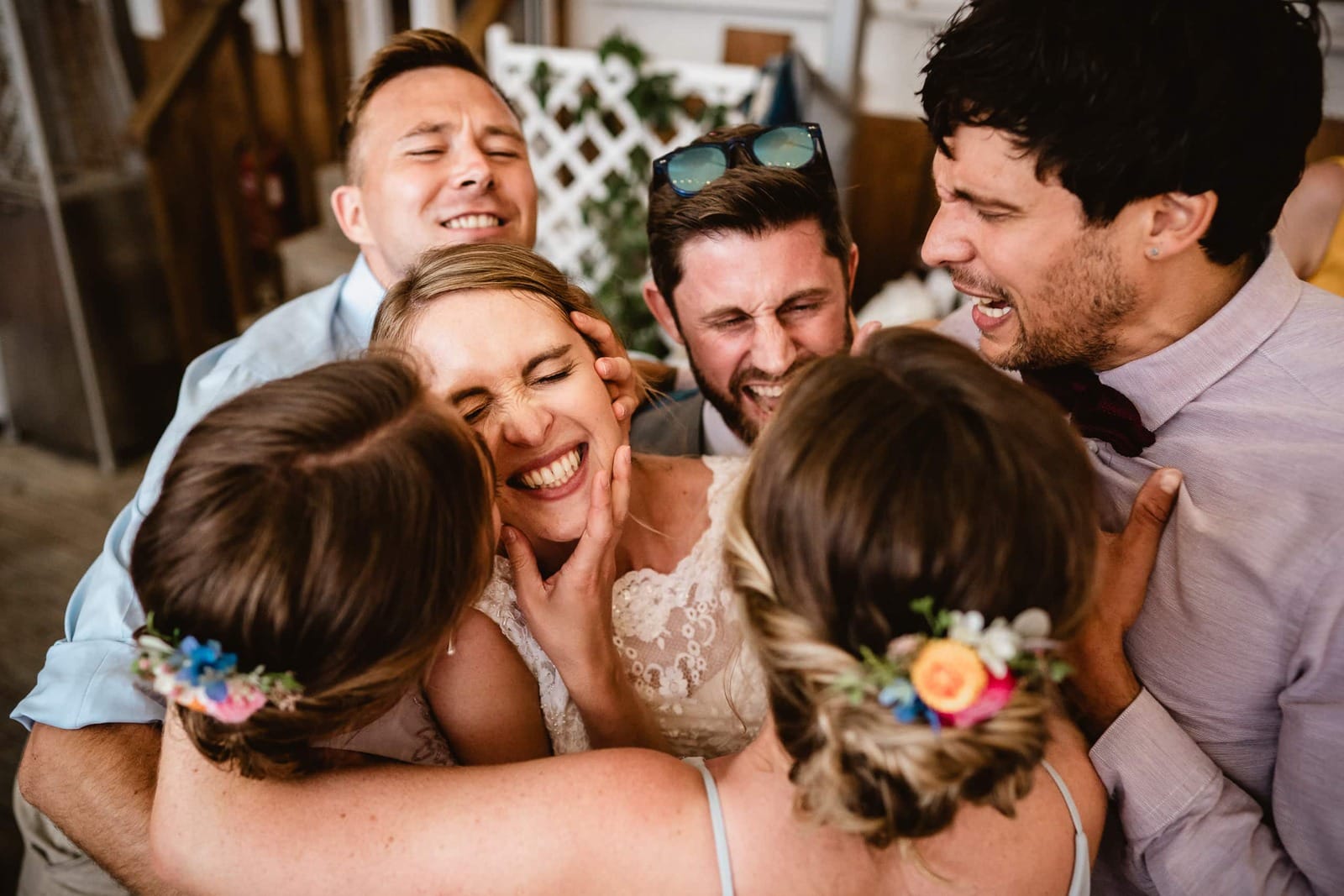
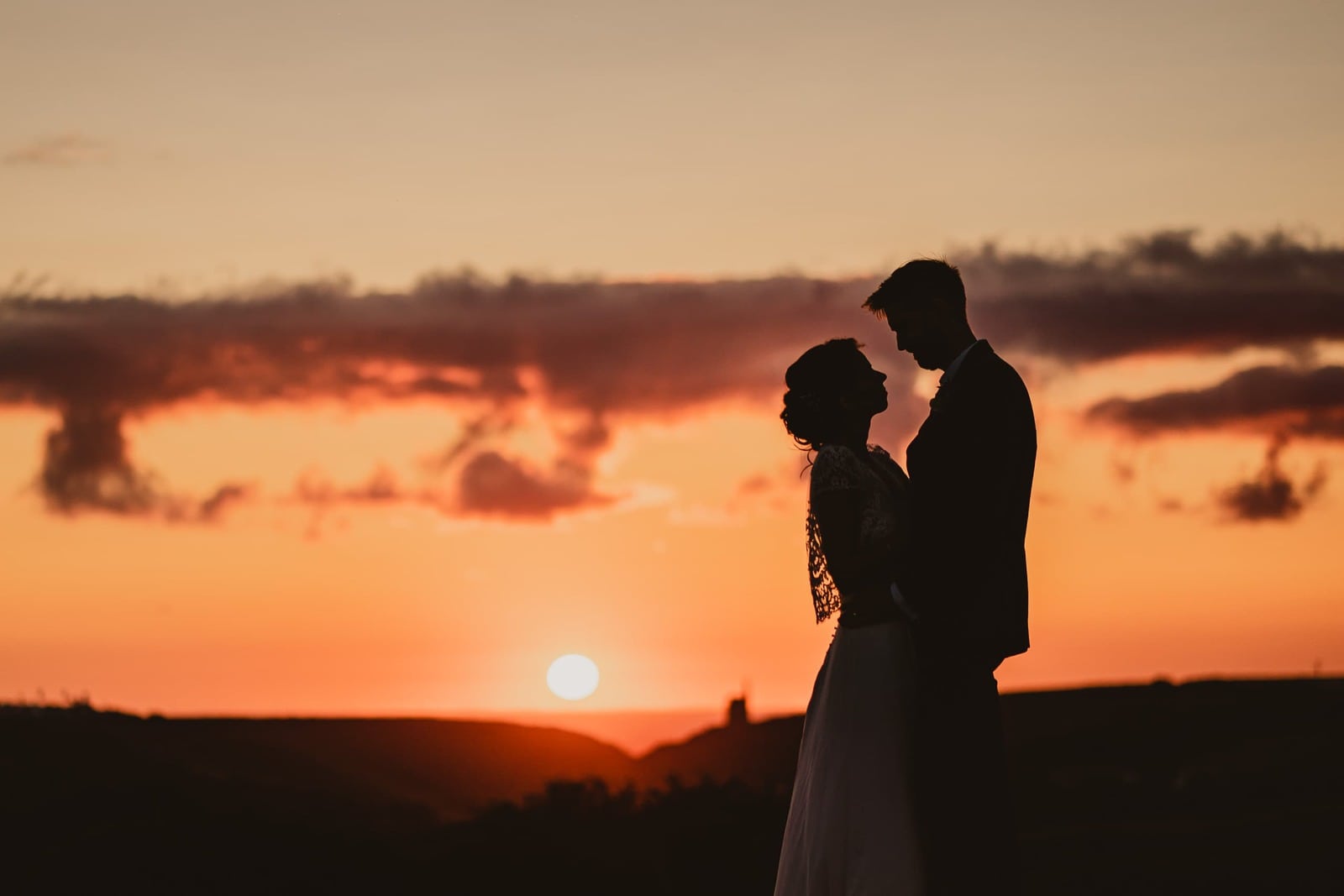
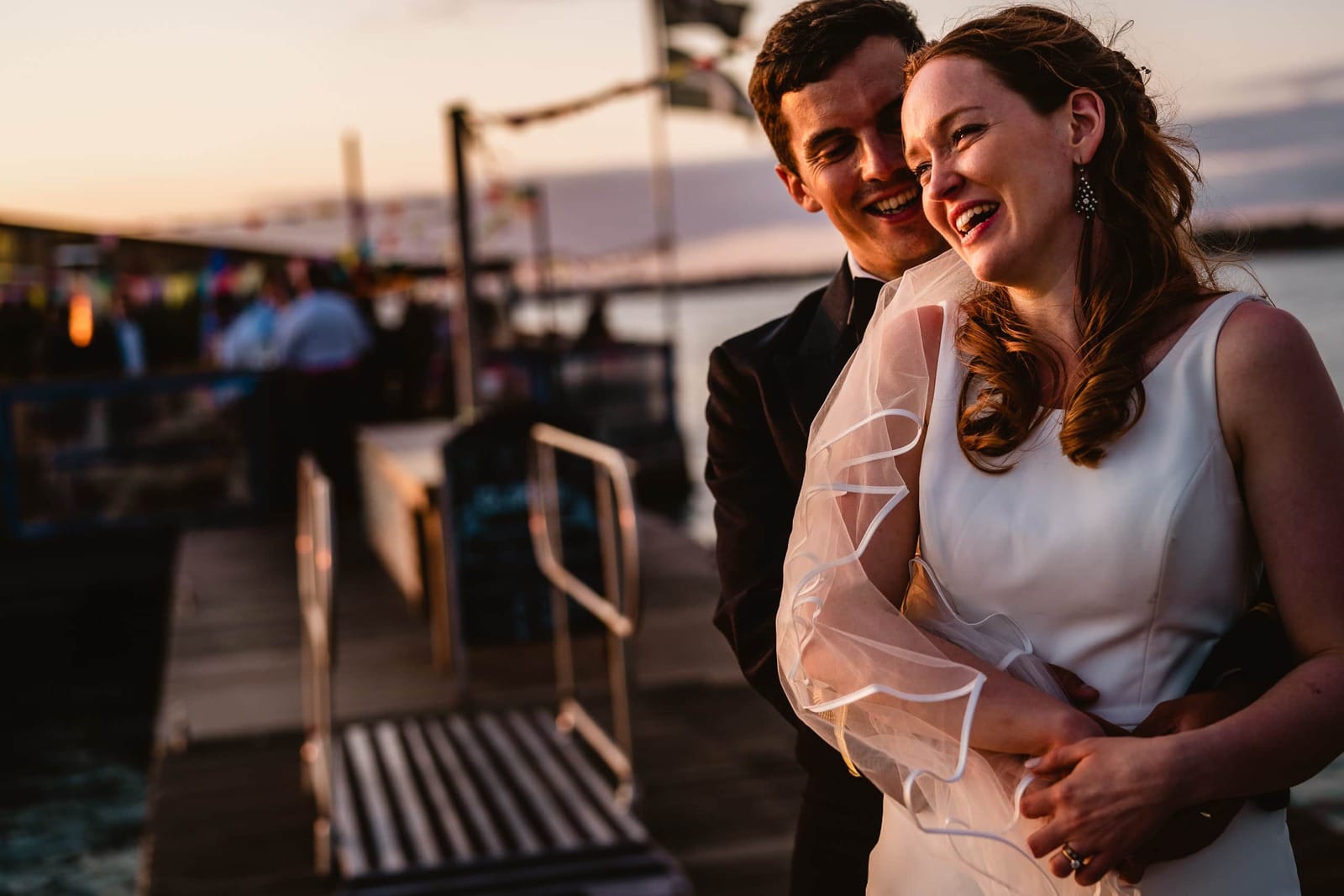
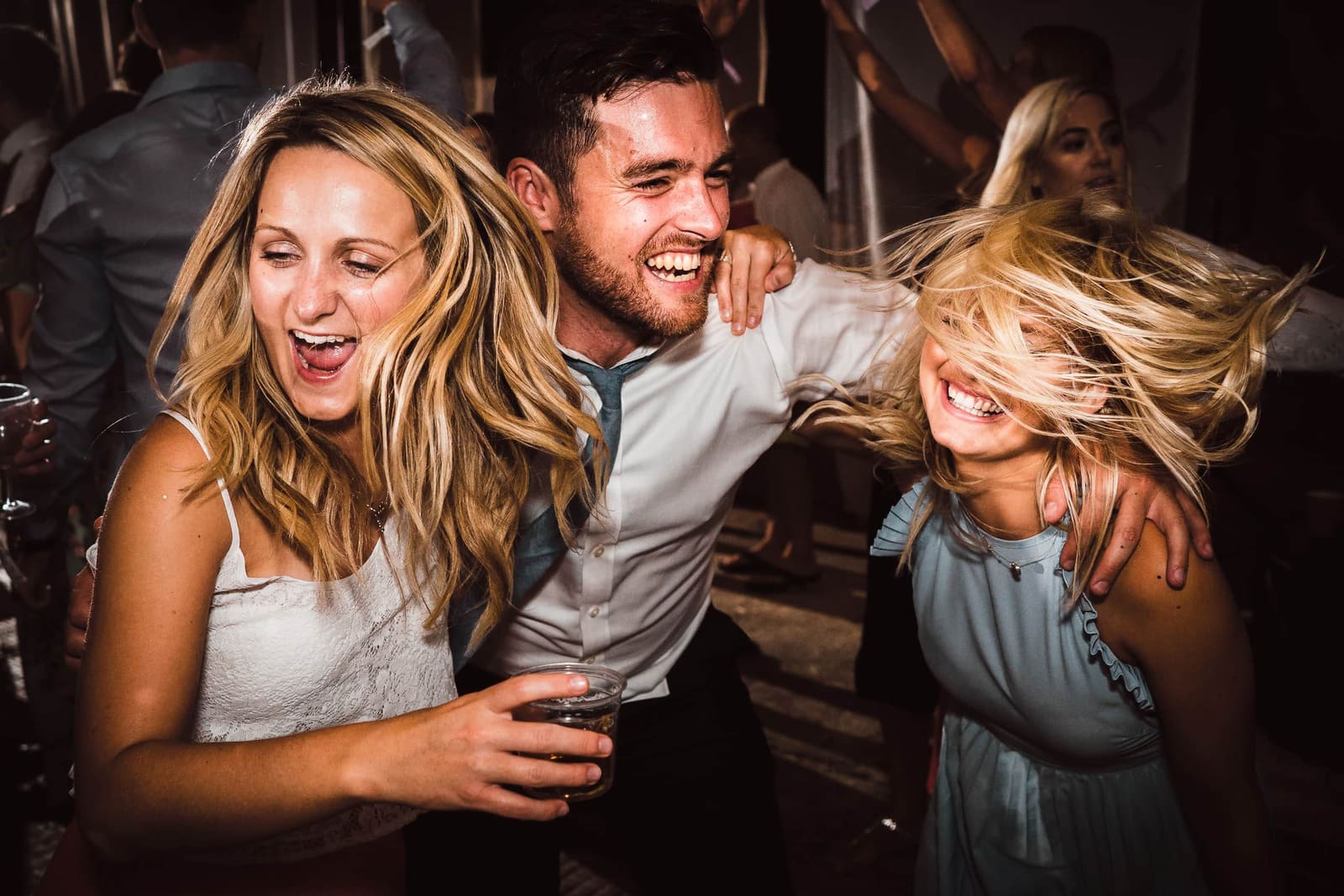
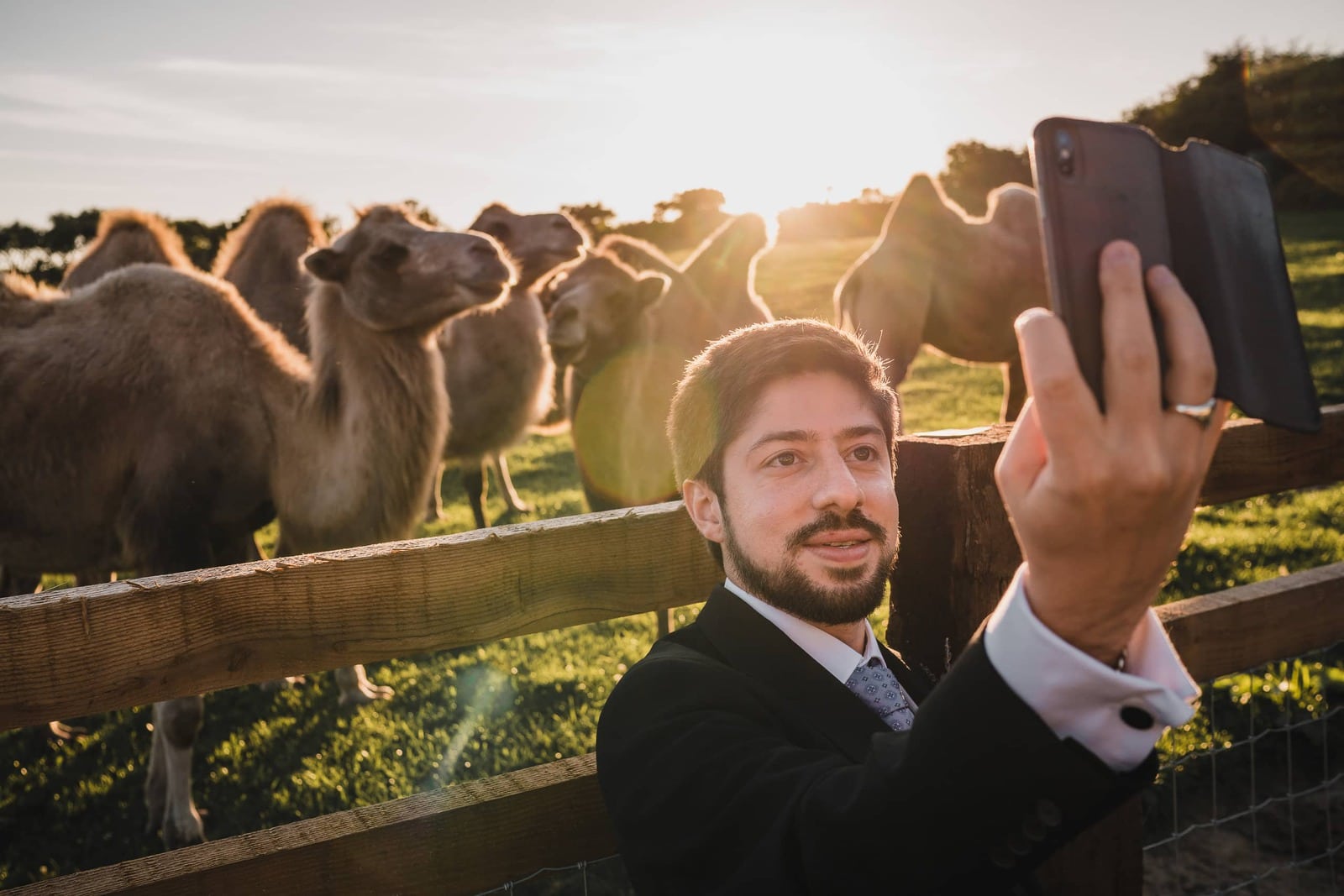
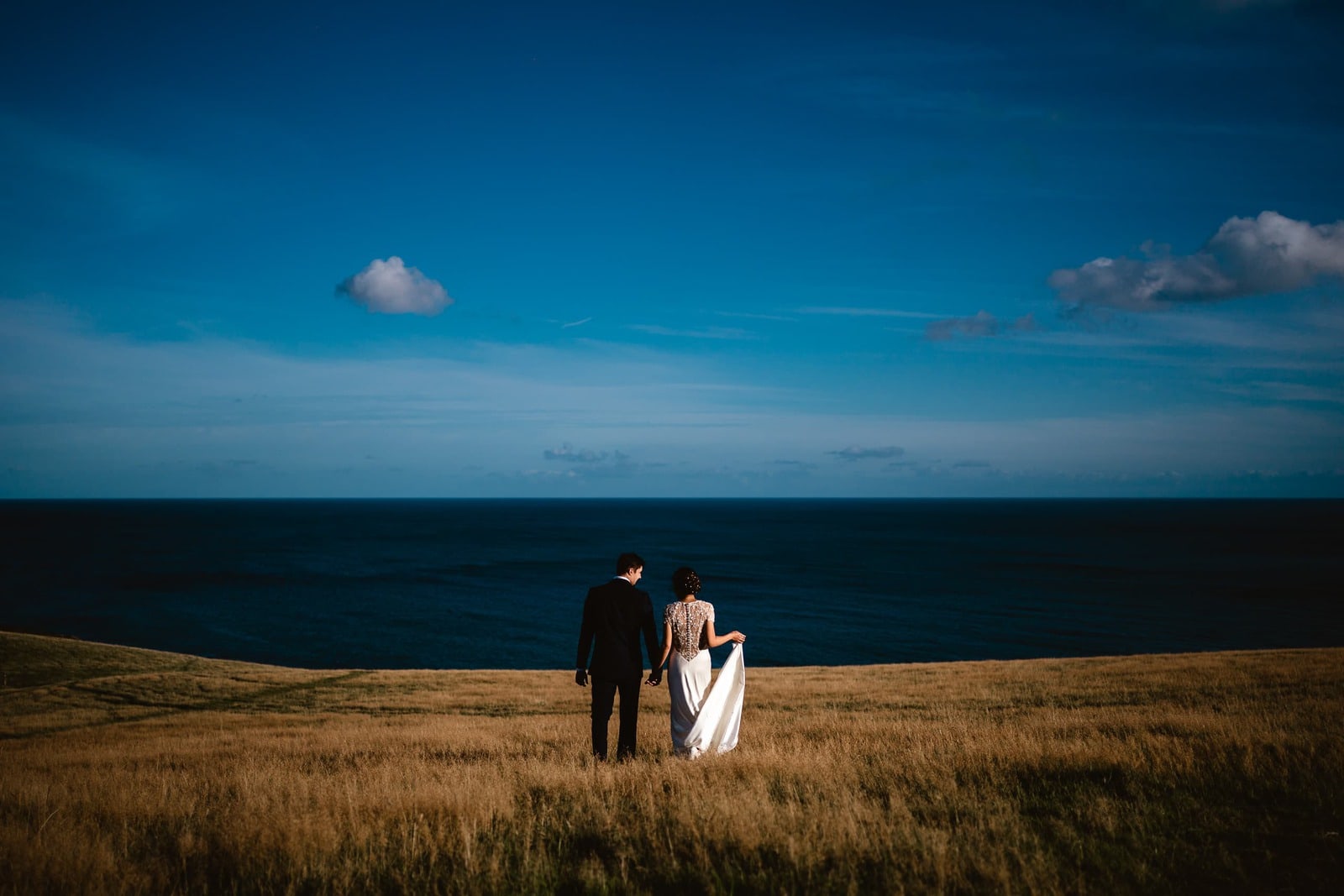
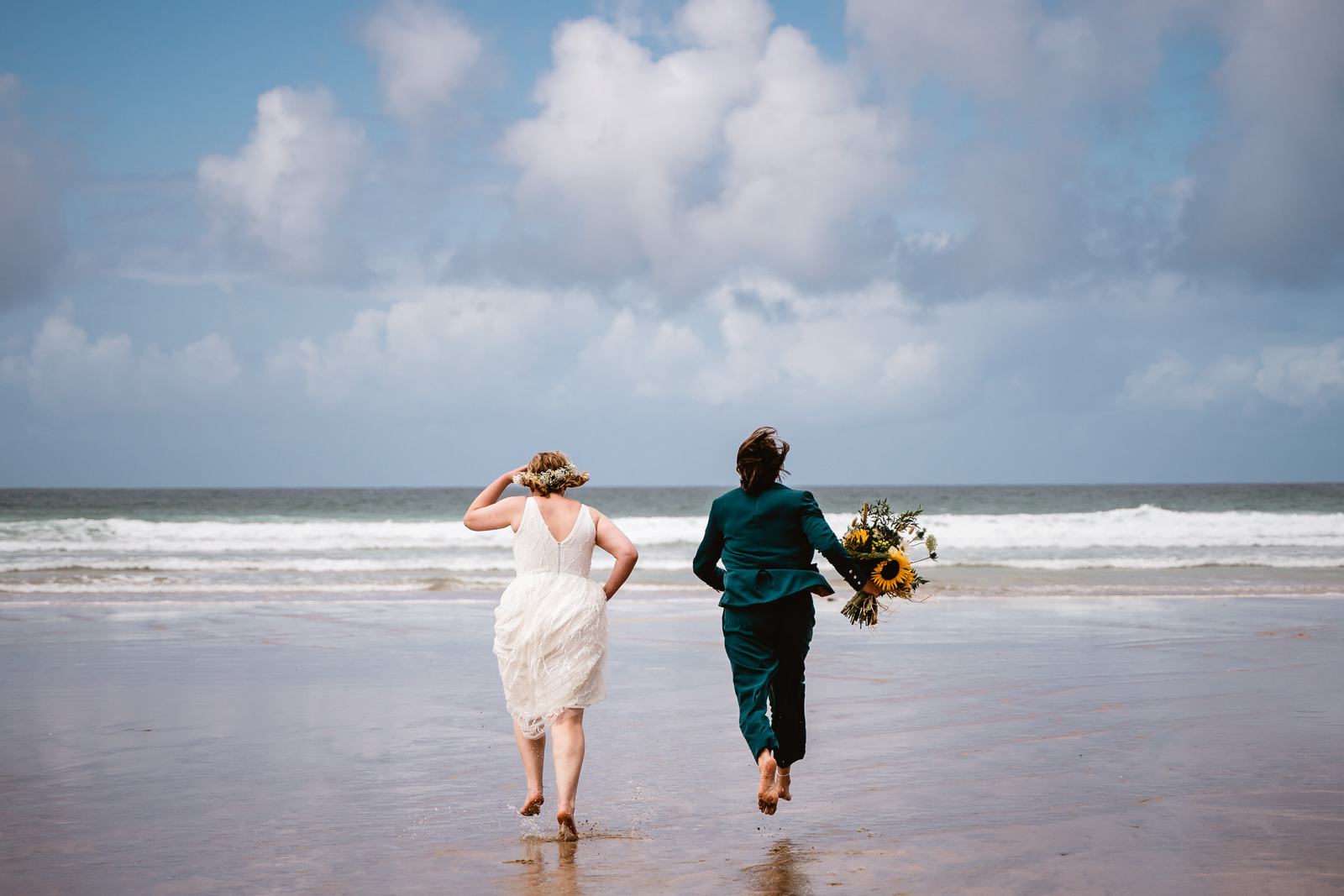
Great review and write up. And lovely images 🙂
Very nice article! I have been thinking about moving from my a7rii as the focus is awful.
Great, honest review Paul. Always loved your work and it just seems to have gone to the next level. Great job.
Thanks for your review Paul, it’s an interesting read and one of the most useful ones I’ve read as its real world use! Im a nikon user and now seriously considering moving over to Sony.
I saw that you had a reception dancing photo in your images below your review where it looks like you used bounce flash. Did you use TTL and was the A9 able to acquire focus quickly or did it hunt due to the low lighting? Thanks for your info!
[…] Amazon.co.uk, Amazon.fr, Amazon.it, Amazon.es. Sony A9 Real World Review For Wedding Photography (Albionrow) Sony cameras at IBC (Personal View). Sony FE 16-35mm f/2.8 G Master Review at ePhotozine. Samyang […]
[…] albionrow – A SONY A9 REAL WORLD REVIEW FOR WEDDING PHOTOGRAPHY – AFTER 10+ WEDDINGS WITH THE SYSTEM […]
Fantastic review – thank you for sharing!
Thanks Nick! I appreciate the comment 🙂
[…] use the Fuji-X system, I’ve moved over to Sony with the A9. Check out my much more up too date Sony A9 review […]
[…] I no longer use the Fuji-X system, I’ve moved onto the far superior Sony A9. Check out my Sony A9 review for more […]
[…] and mostly three lenses: 18mm, 35mm and 85mm. Check out my review of the camera system here: Sony A9 for wedding photography. It’s […]
Thank you for such a good and honest review. I too shoot fuji( a pair of x-pro2’s) along side an a7r and have now purchased an A9 for the increased speed over the xt2 and xpro2 as well as the tilt screen that i have missed since moving from the xt2 to exclusively xpro2s. it is refreshing to read an actual user review, not a sponsored or biased review, just a simple ‘here is how it is/was for me, take it or don’t’ review is great. I truly enjoyed reading and seeing your images, i shoot in a very similar way so this truly rang home for me as the parallels are deep. absolutely beautiful work, keep at it sir! cheers from texas, usa.
Love your review, and really love your wedding photography !
gteat I say same super wow perfect review
Great review! which focus do you use if the subject is facing to the side? The eye focus won’t see the eye, I think. and also do you use ‘Wide’ focus area?
[…] the A9 for weddings, and I still think it’s the best wedding camera on the market. Check out my ‘Sony A9 for wedding photography’ review here for more […]
Great review and photos – thanks! You’ve just pushed me even closer to the A9 from my trusty 5d4’s so it all could get very expensive!
Thanks Graham, I’ve been using them now for well over 40 weddings and still rate them as the best wedding camera on the market for me. Check out my best of 2018 blog post for more recent images, all shot on the A9’s. https://www.albionrow.com/weddings/best-of-2018/
ONE OF THE BEST AND MOST COHERENT REVIEWS online RIGHT NOW, THANKS FOR PUTTING IN THE TIME TO SHARE YOUR THOUGHTS
Ahh thanks so much Tom, I appreciate that loads. I was fed up reading reviews from bloggers and vloggers after only a few hours or a week with the camera! Glad someone has read it!
2020 will be my 10th season as a wedding photographer, im a nikon user since 15 years. i feel ashamed to write this but i fear to switch, but its giving me a little goosebumps to switch 🙂 now i use 2xd750 and 20/35/50/85 all of them are 1.8 (wanted to change them this year to 1.4) i wanted to change something because i feel a little bored with d750 and i think that there is some to improve. i think im sold to sony reviews etc but i am type of photographer that you wrote “center point and composite photo” – that is what i hate about nikon and wanted to change it, and im never sure of that if i have something in focus or not … thanks for this review.
No problem, glad you found it helpful. I know people who have changed from D750 (solid cameras) and loved it. The technology difference is quite huge, especially in terms of focussing.
Nice work … What camera and lens you use now in 2024 for weddings ?
int4mz
fc27kt
hya04p
m860lc
bfgd8g
eg758q
nhb0ce
dpbv9h